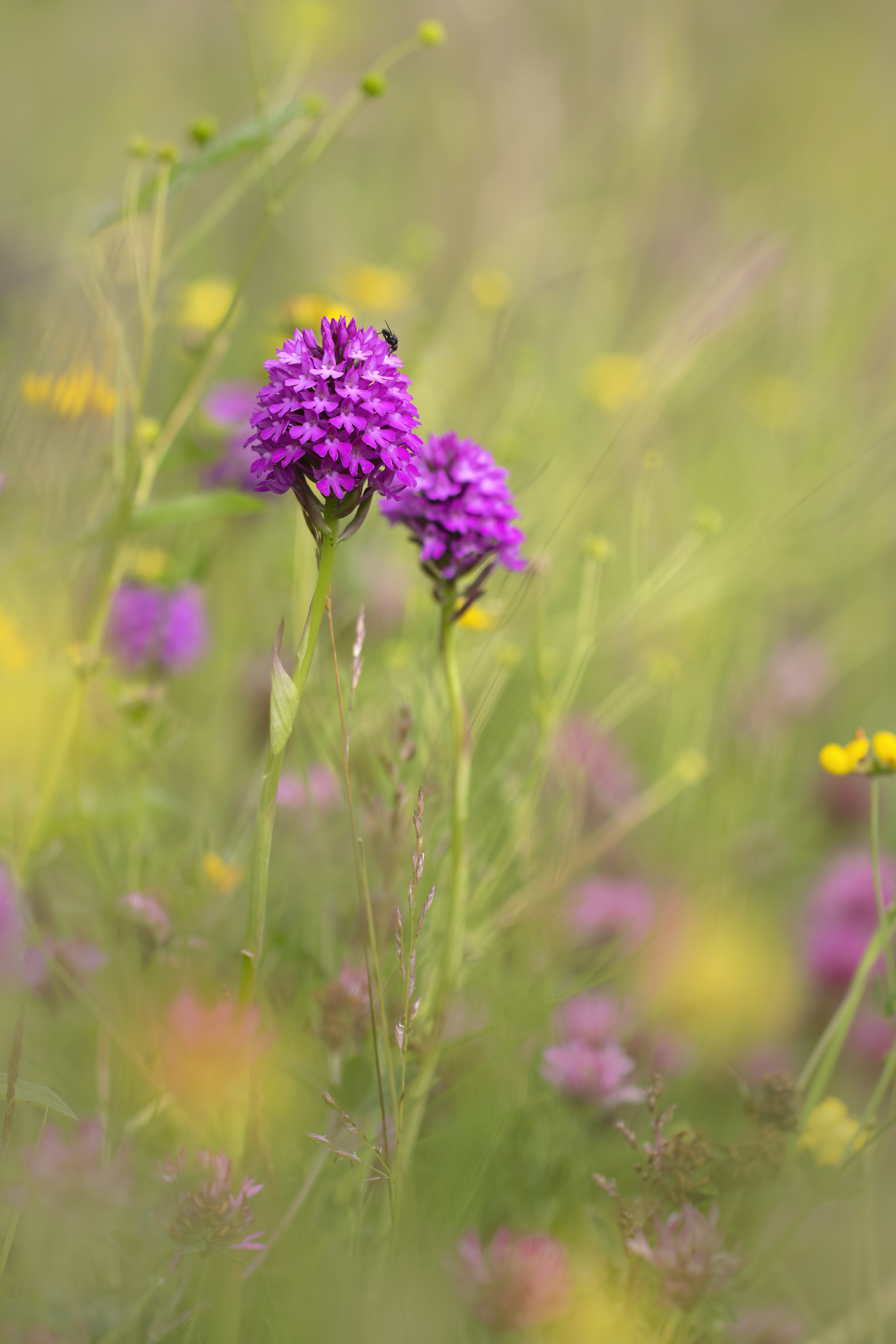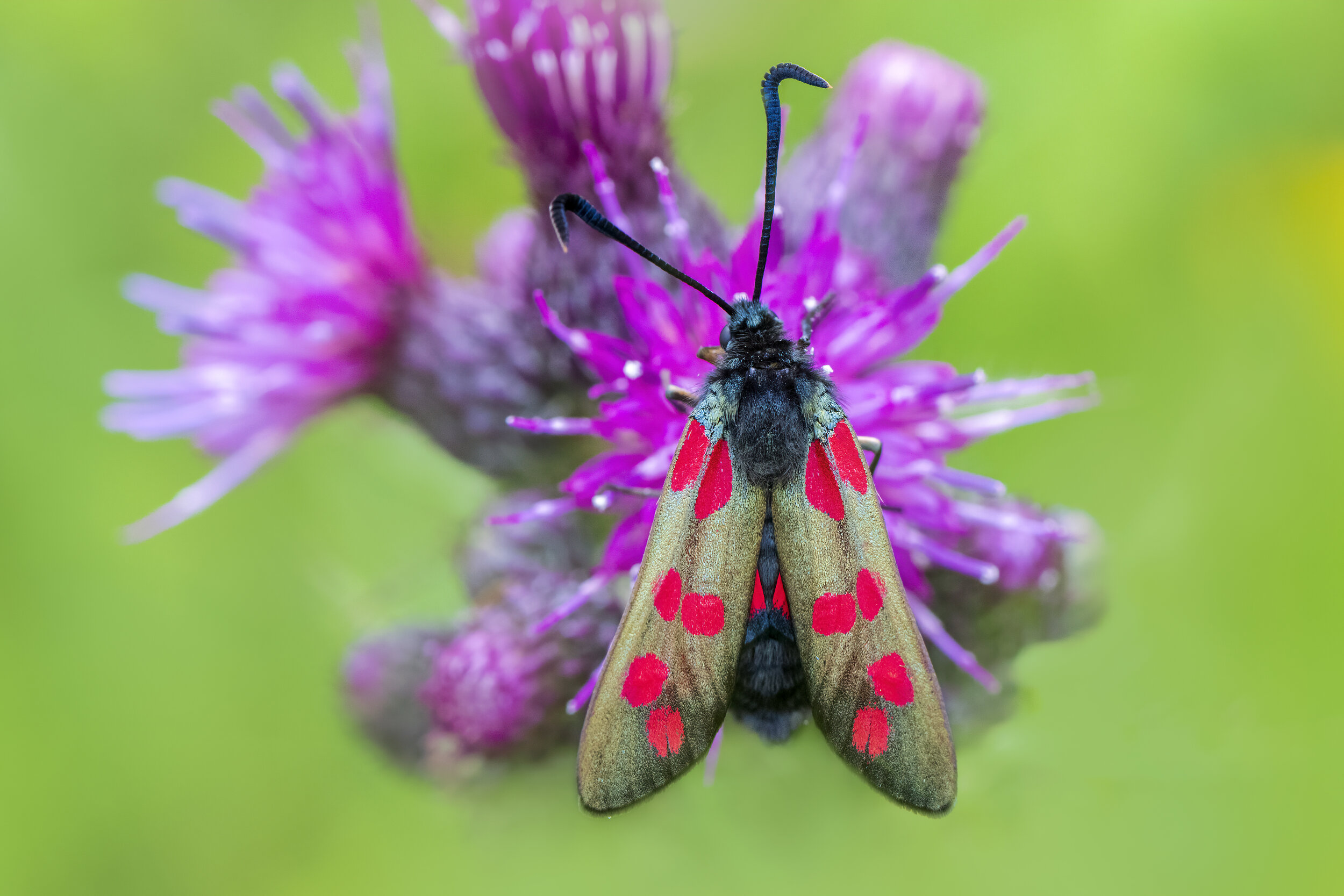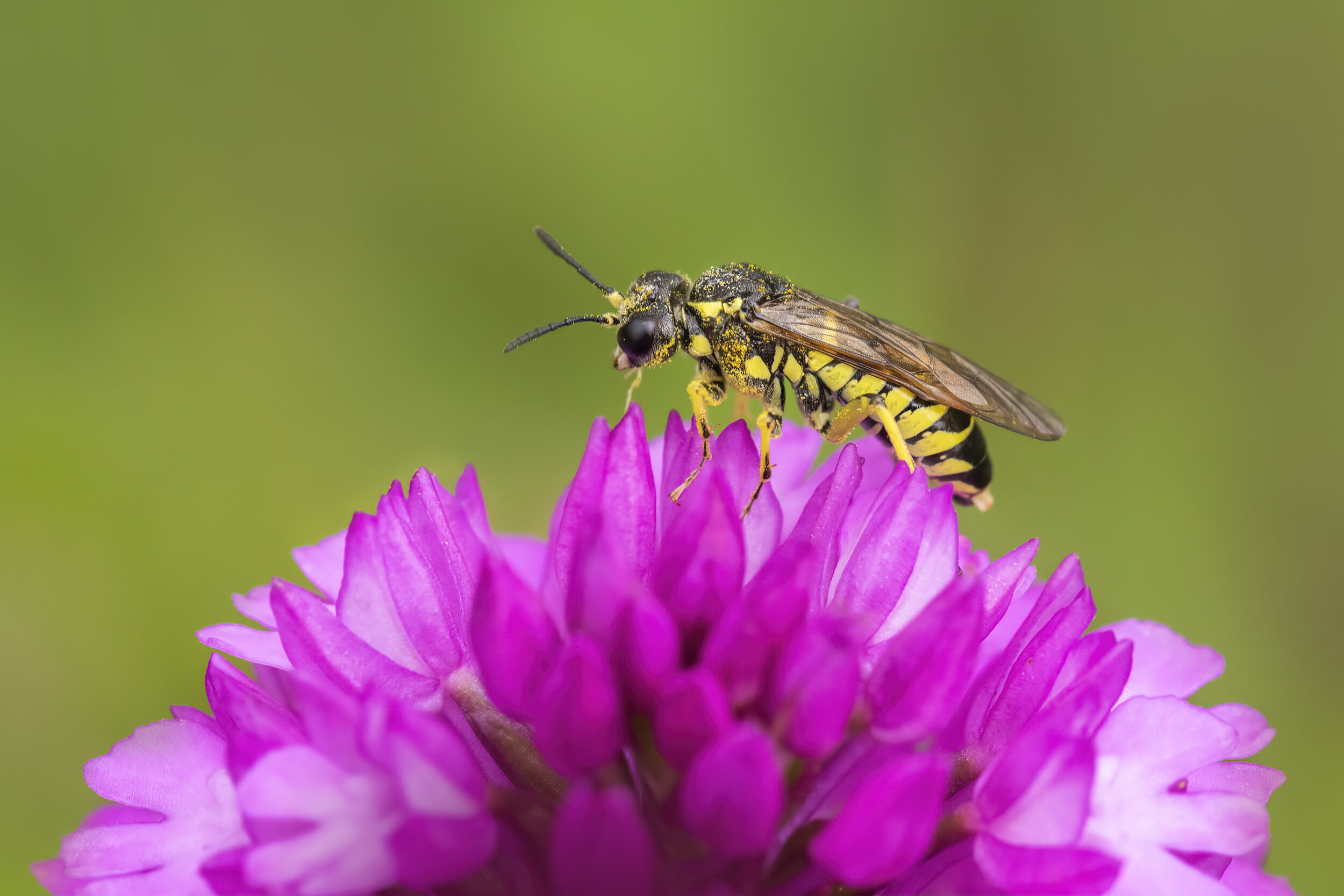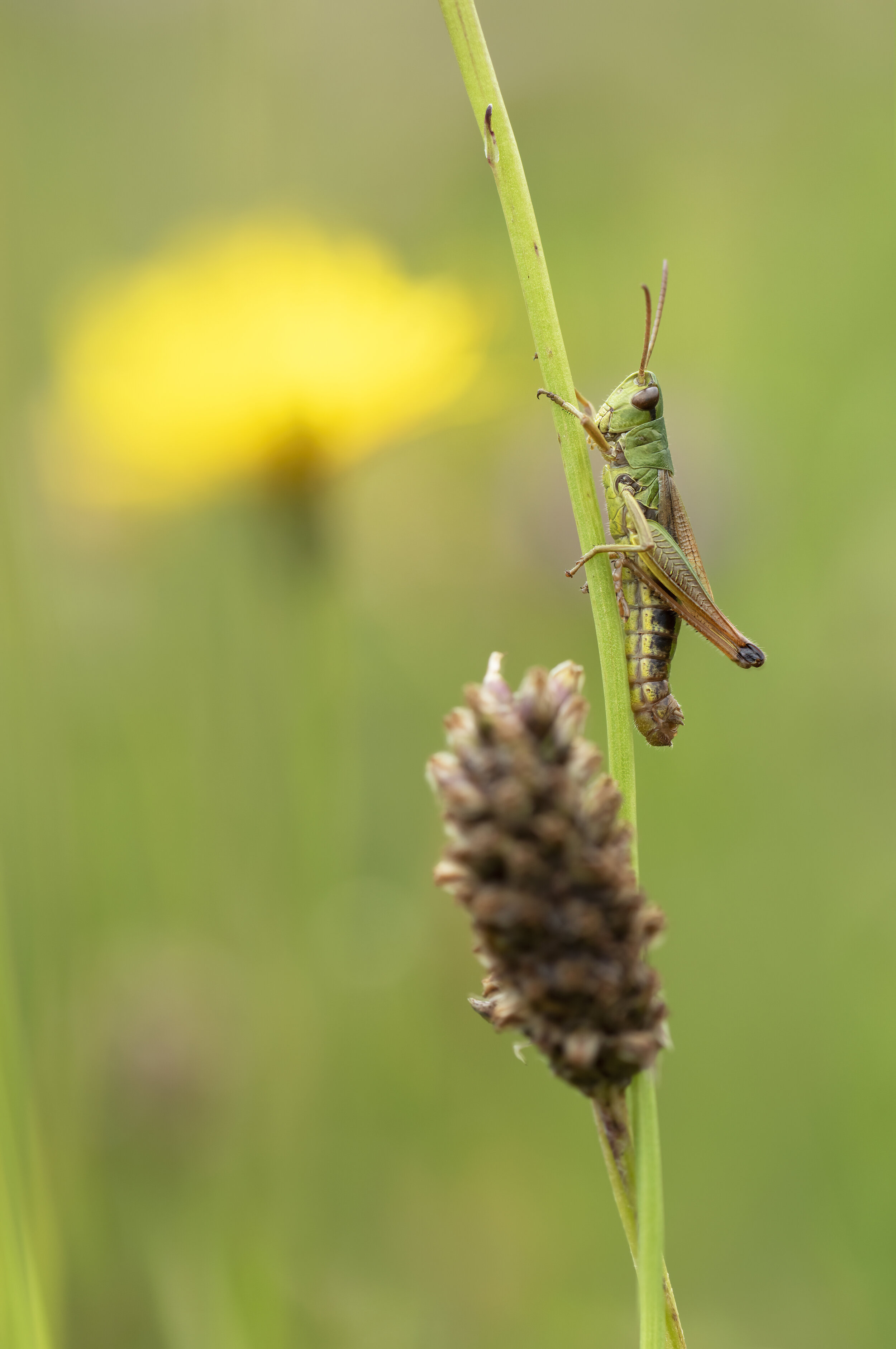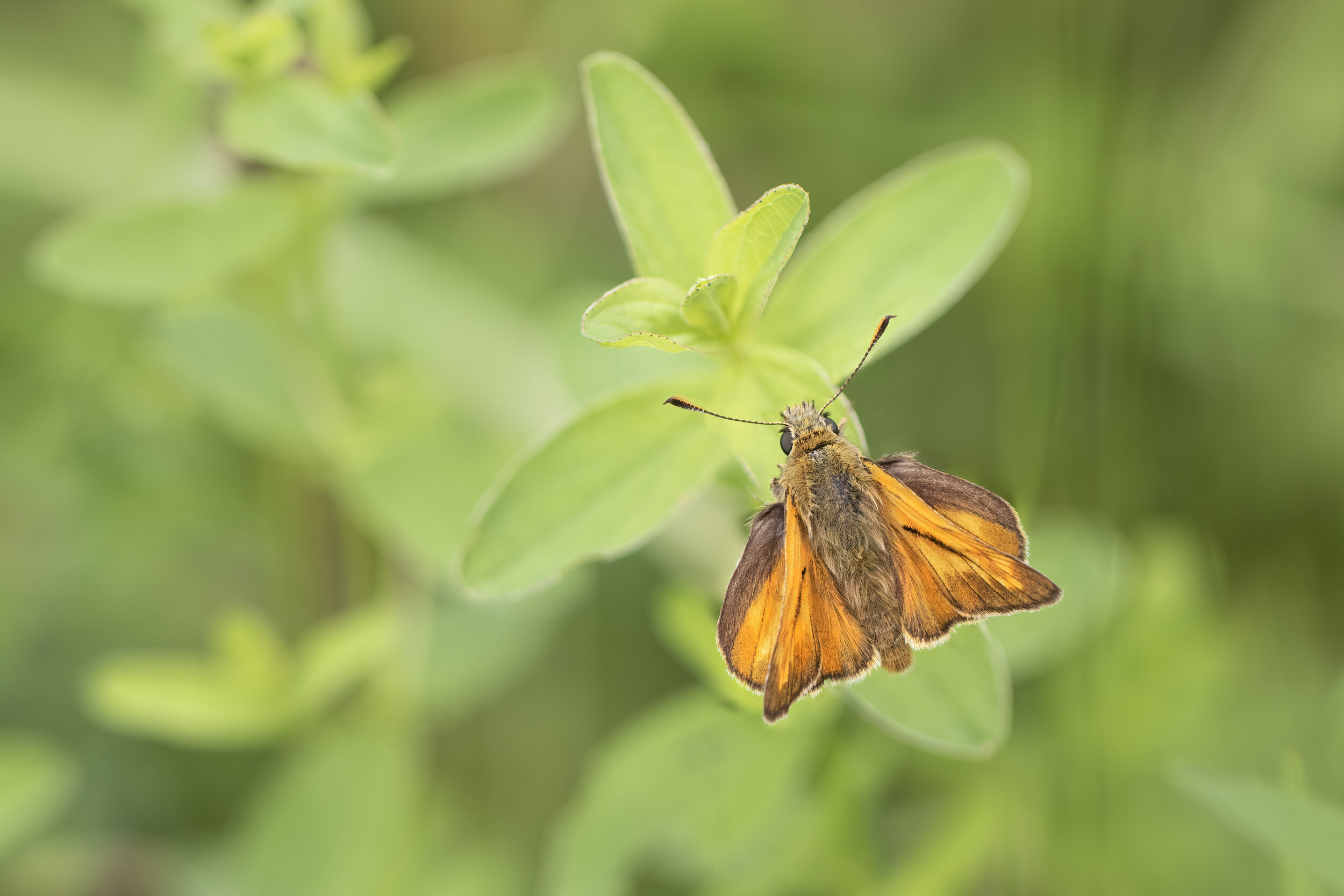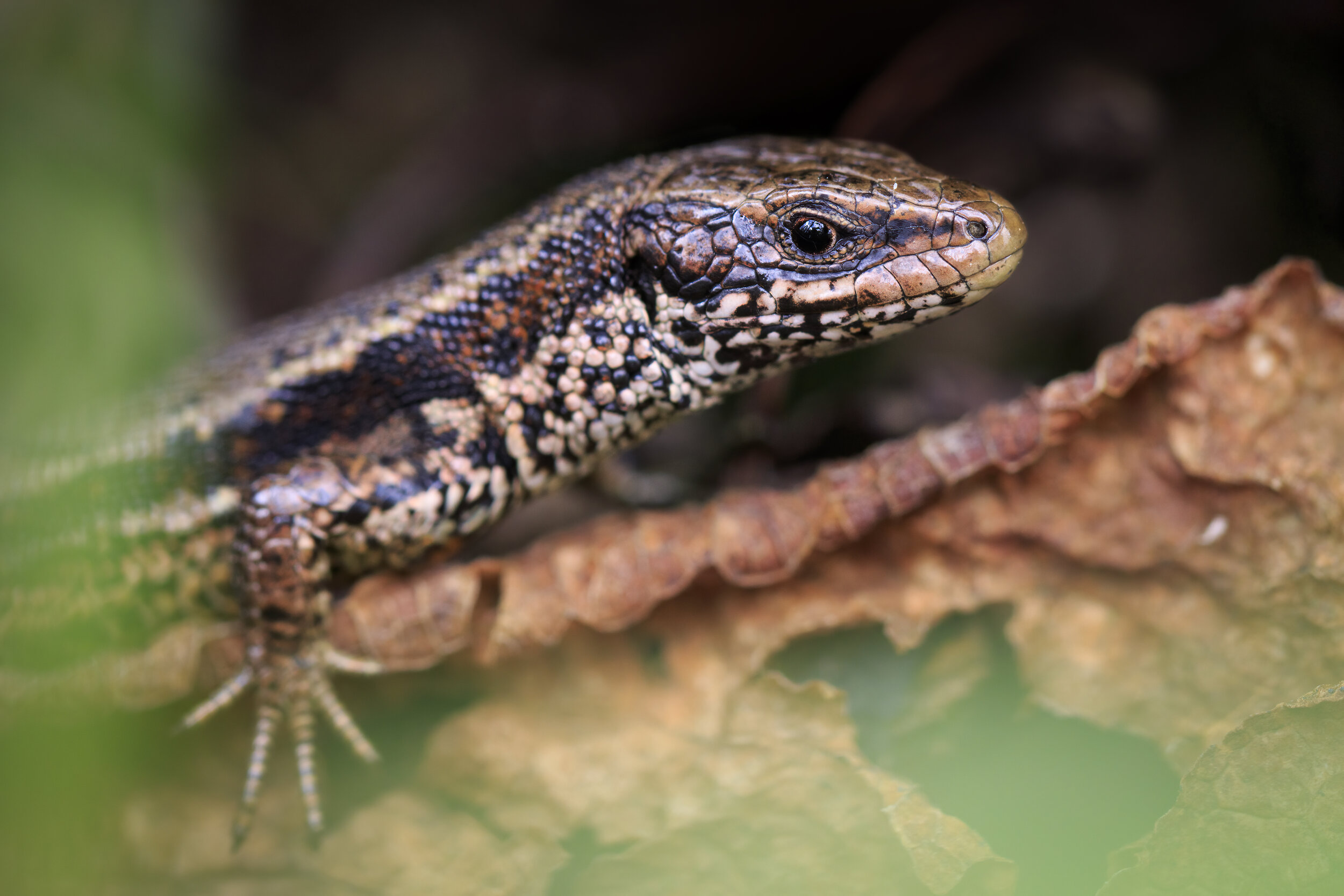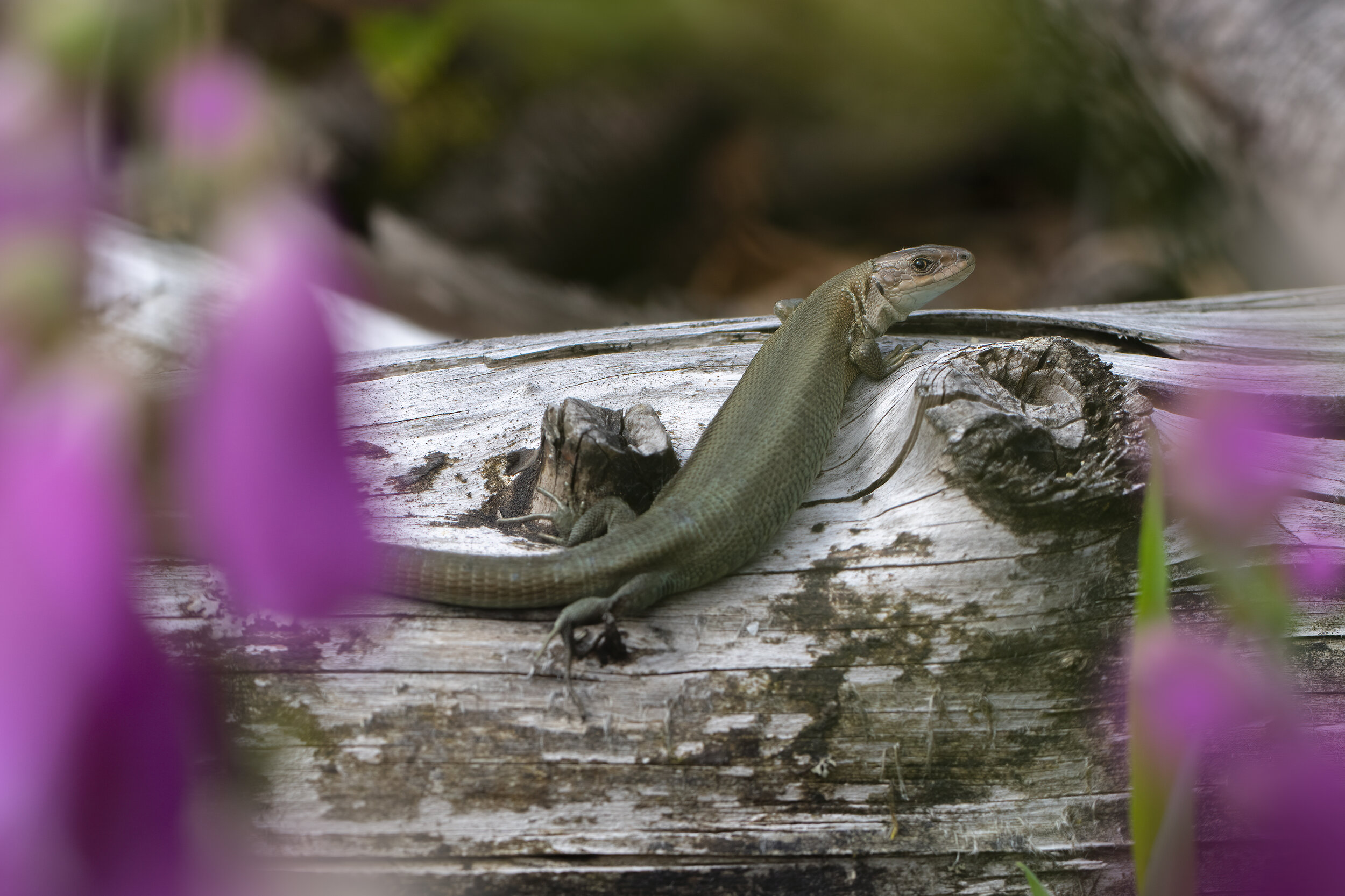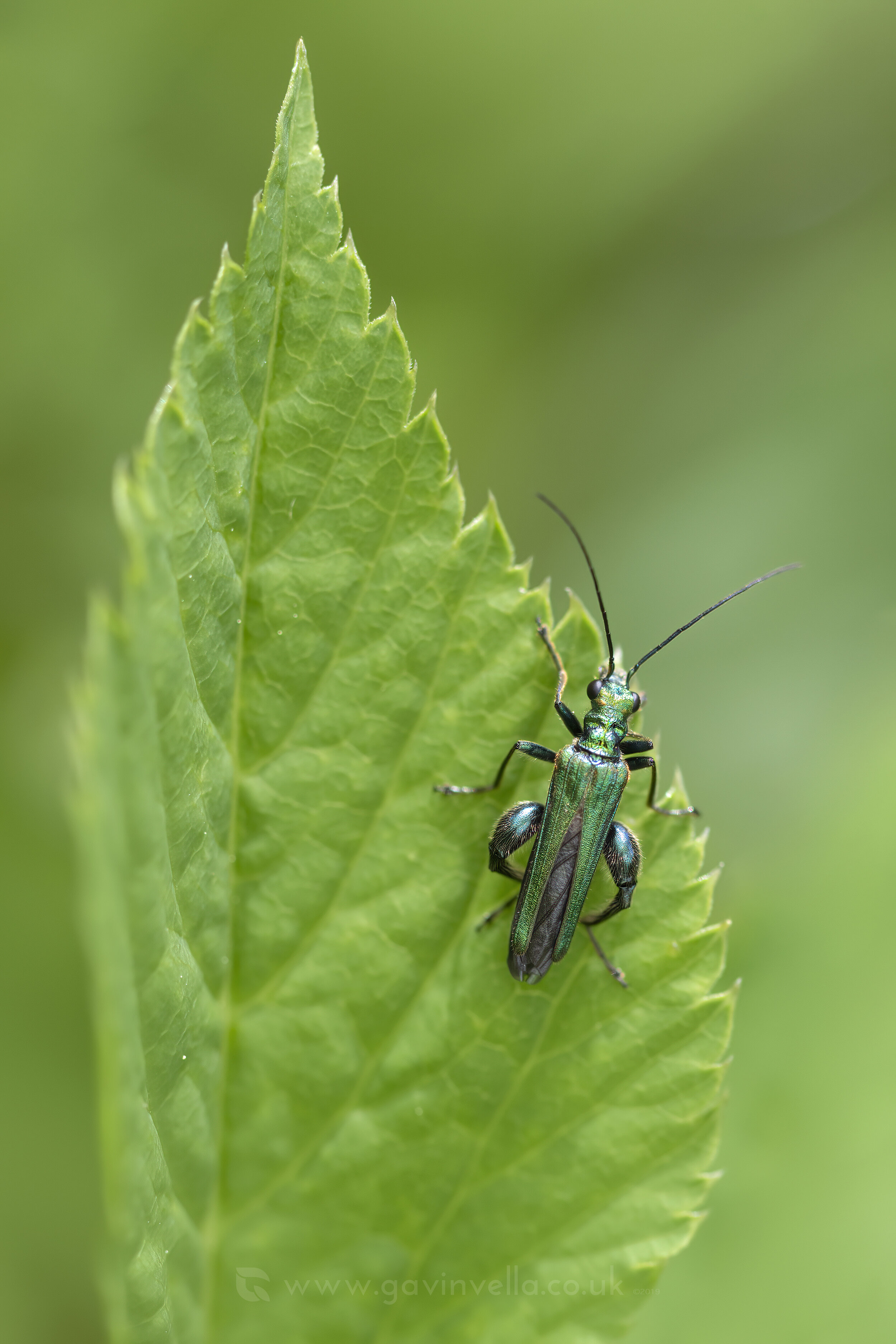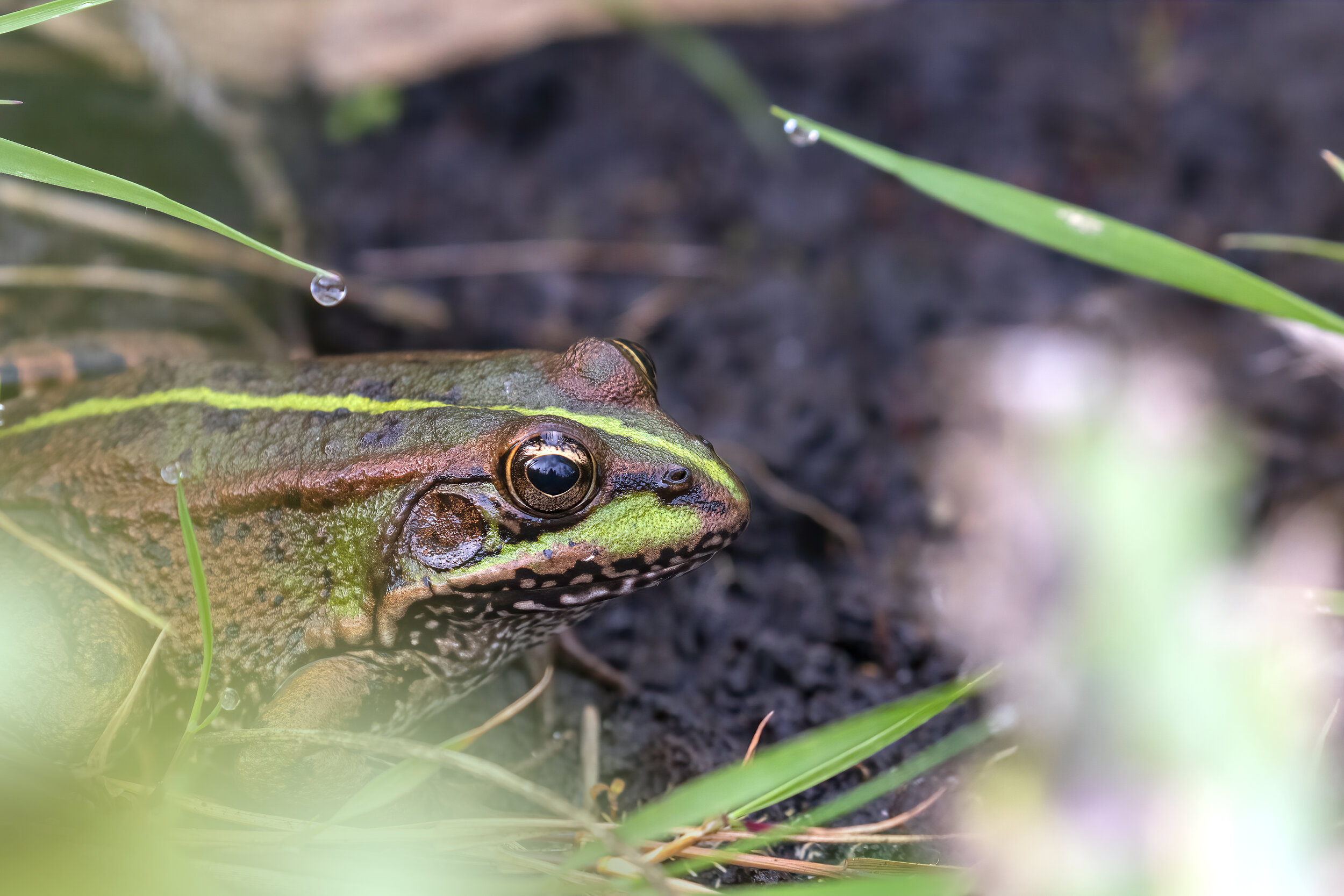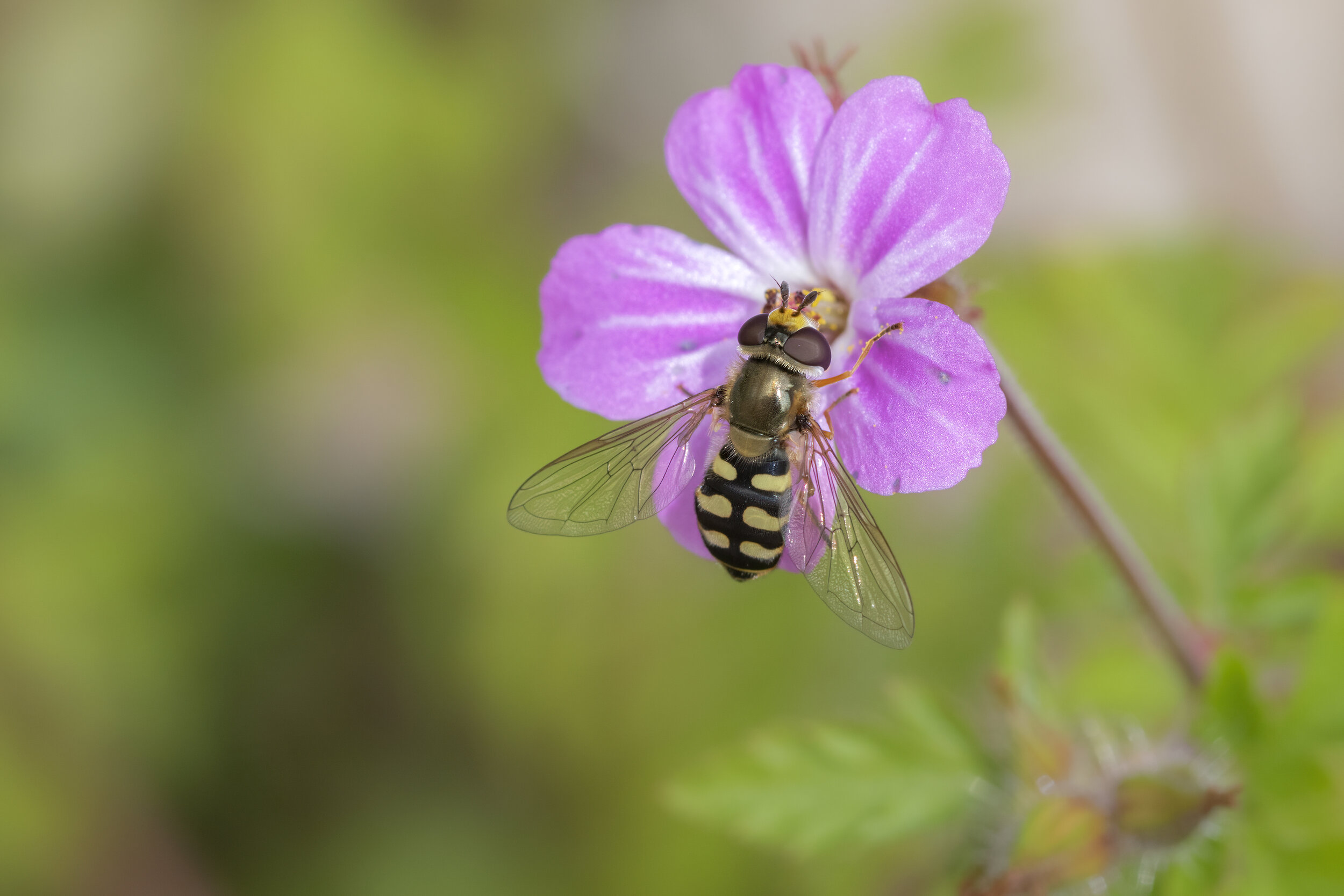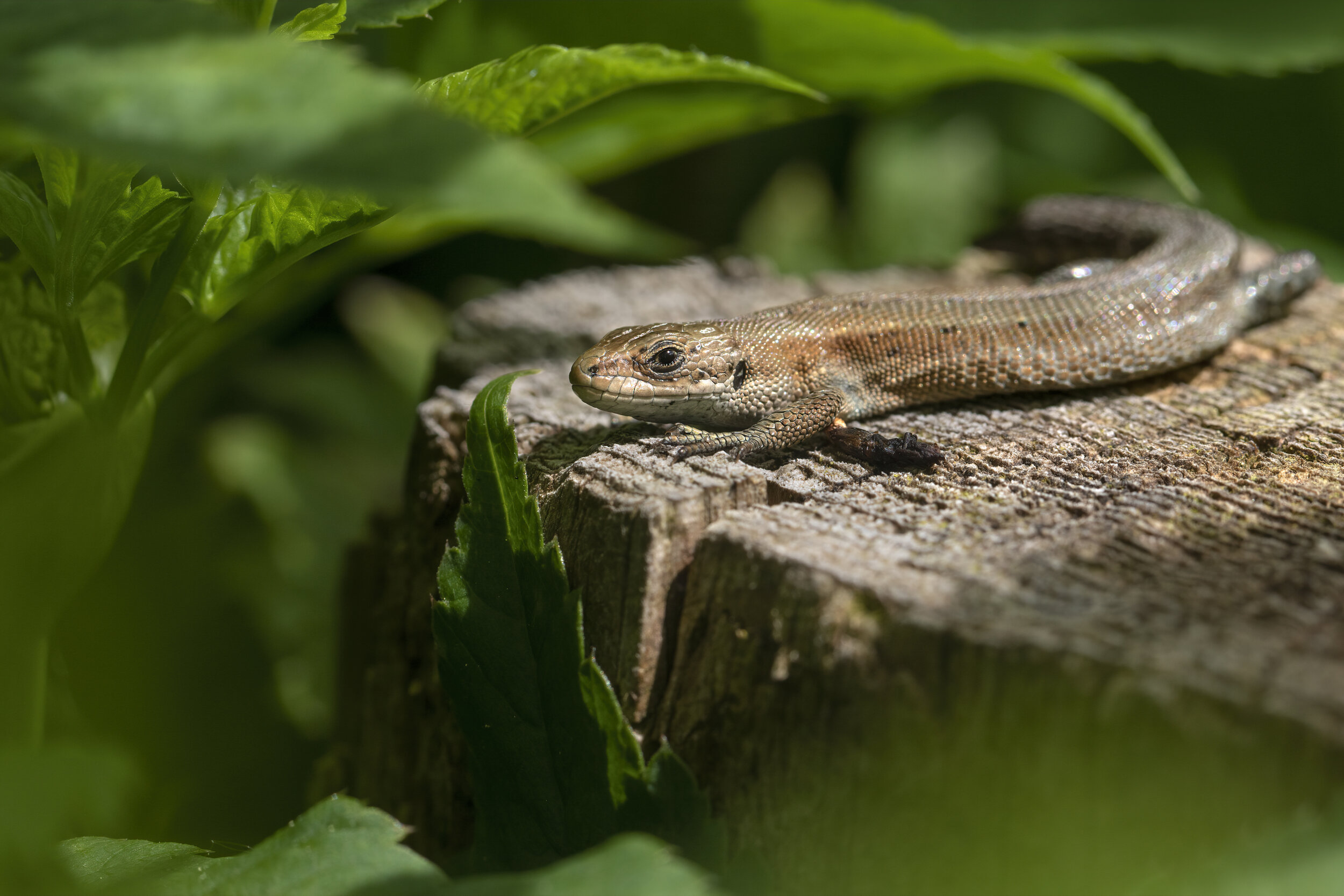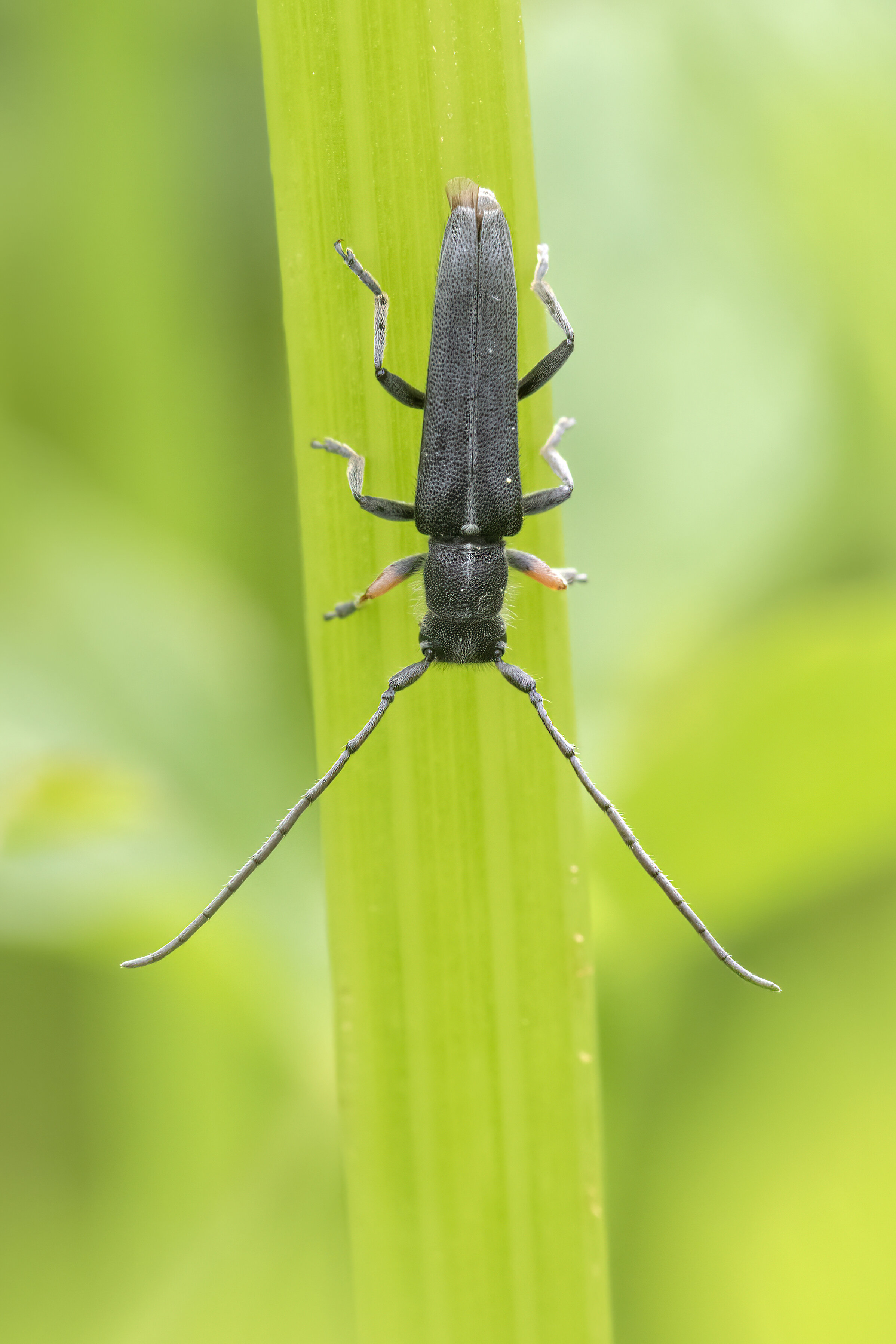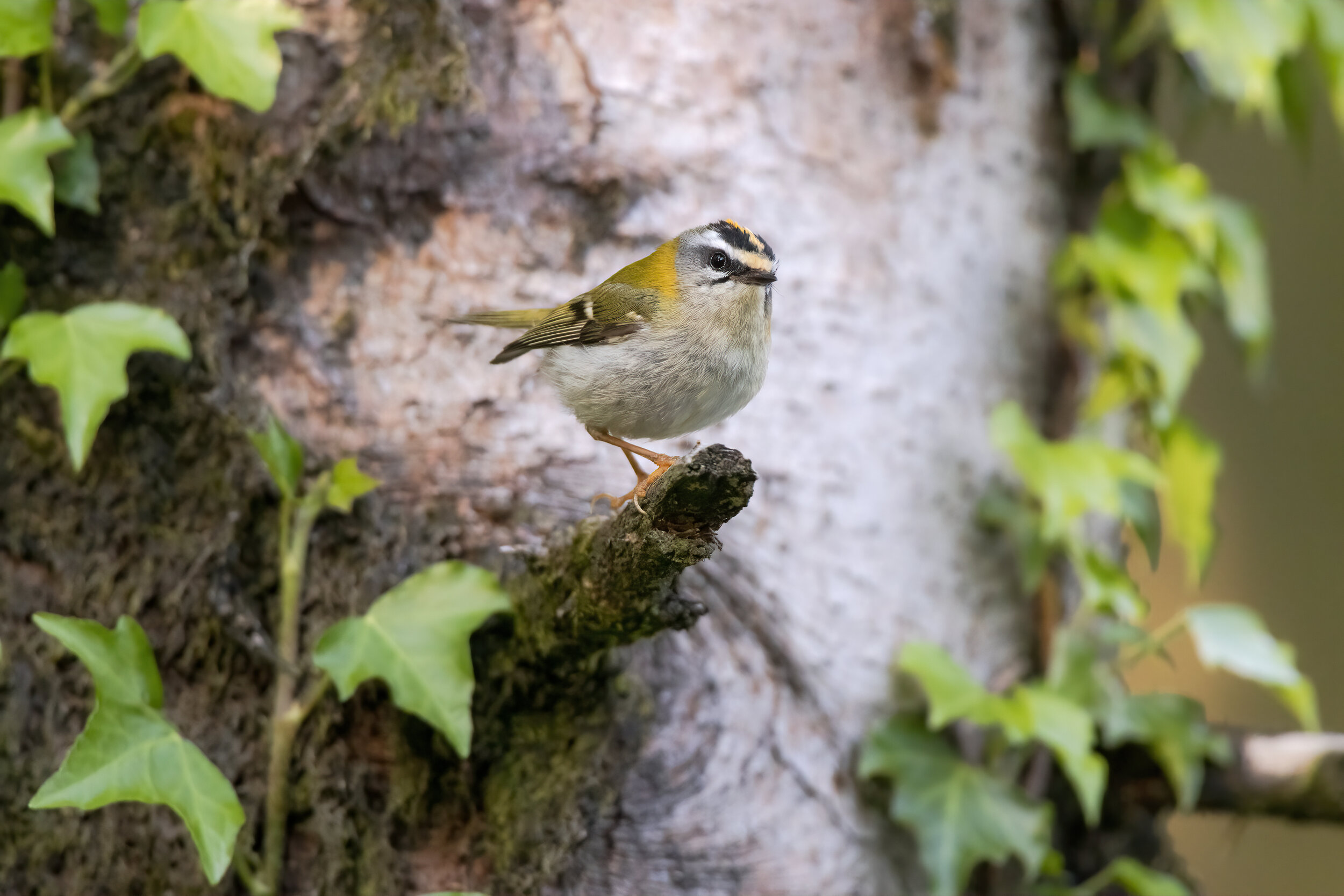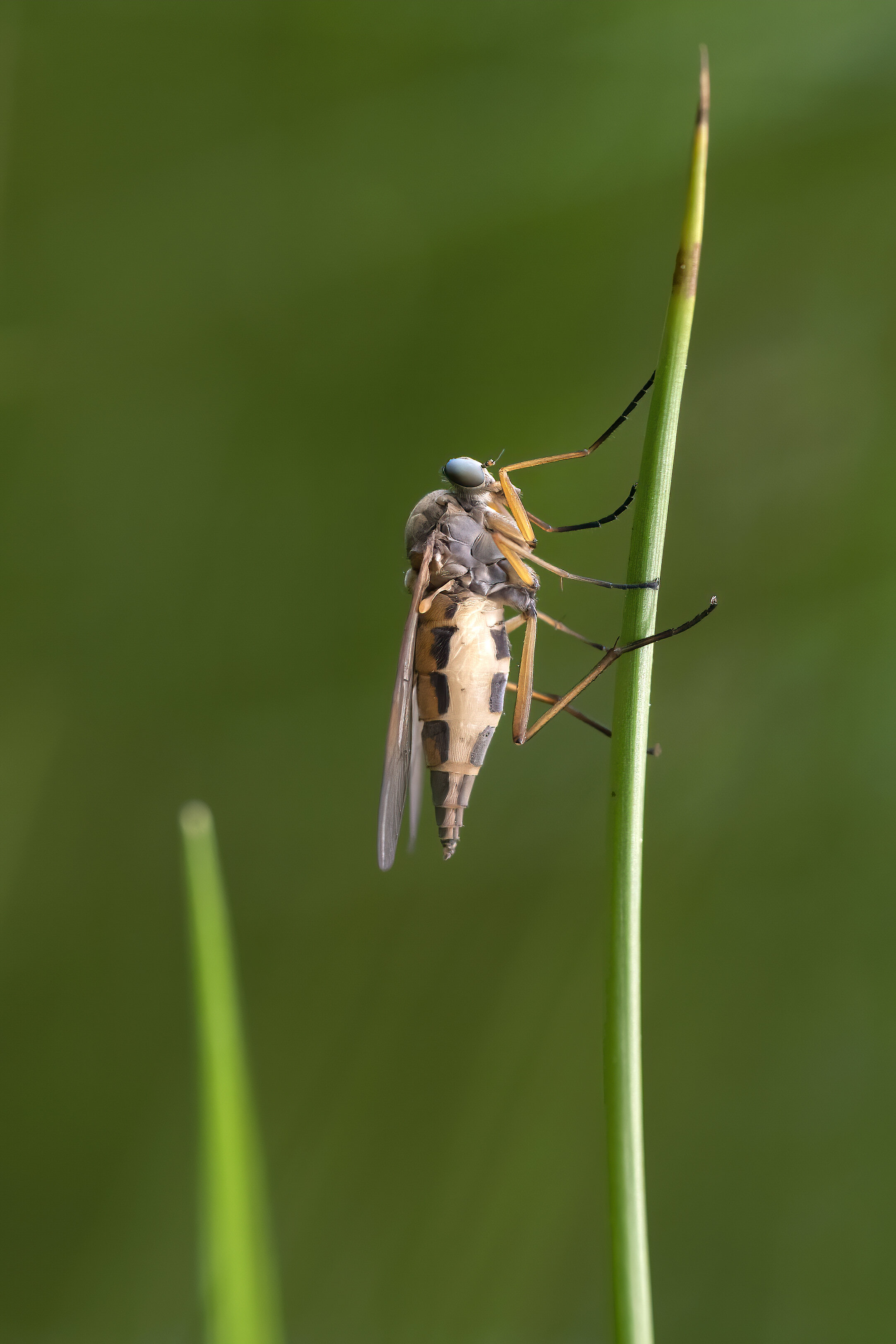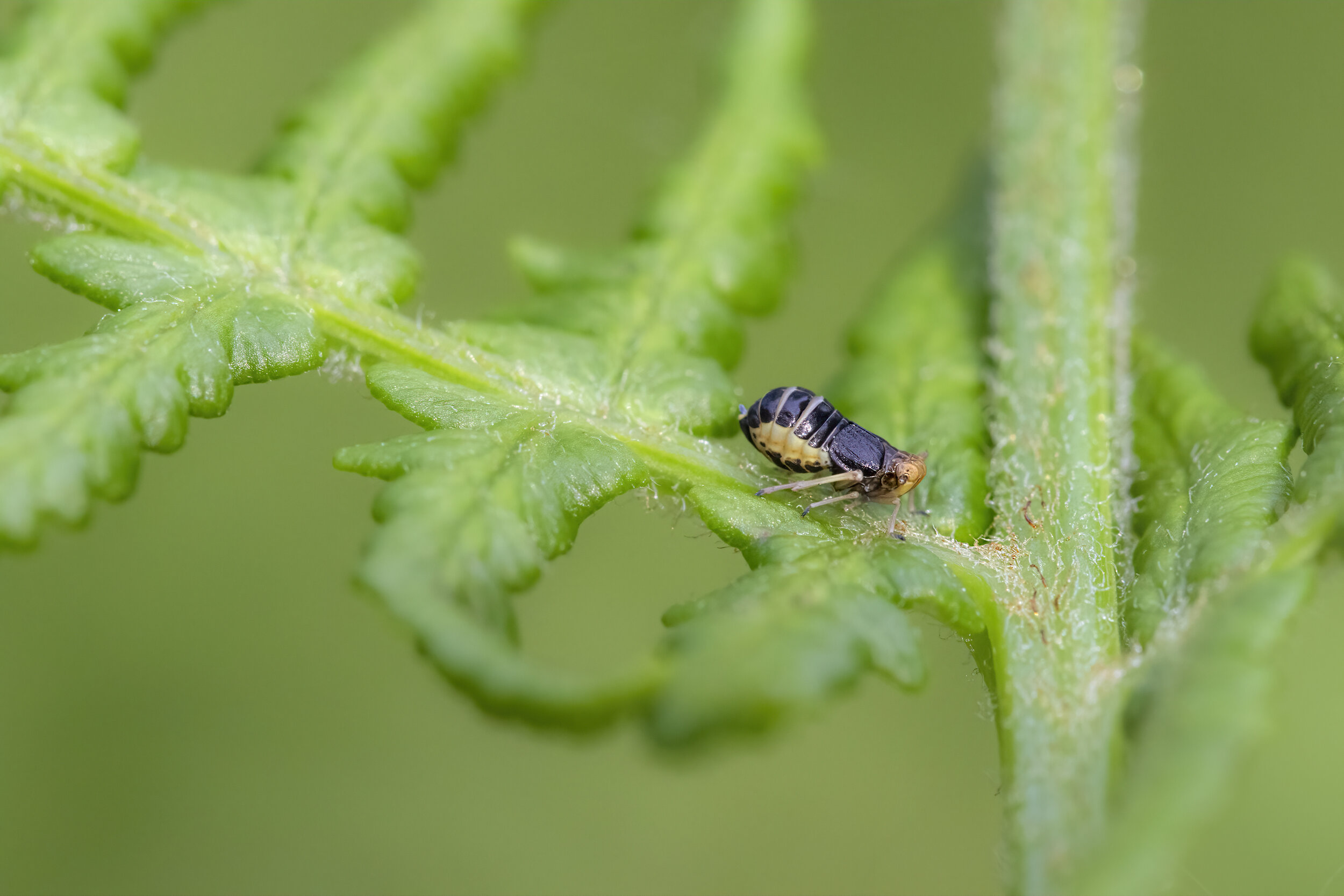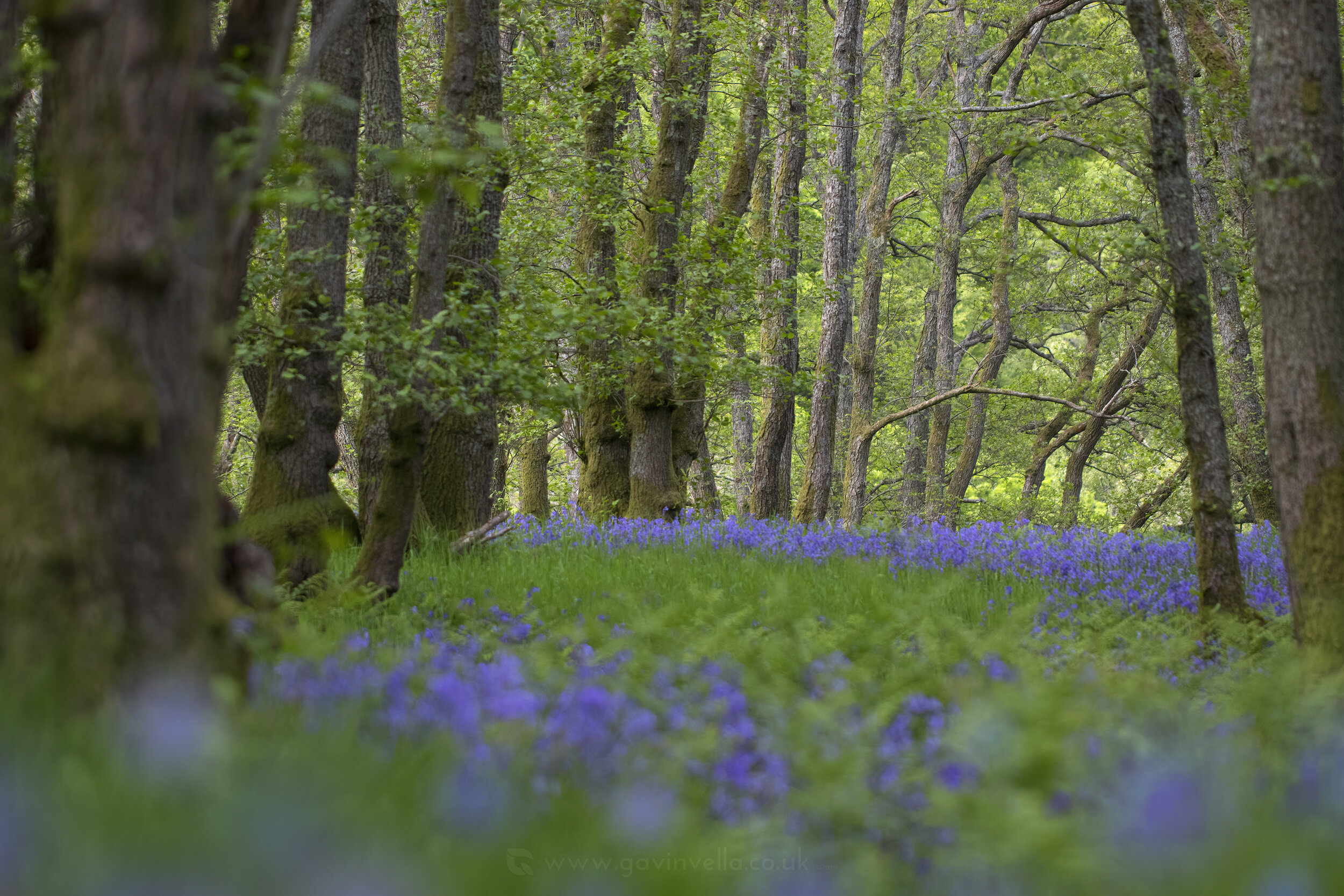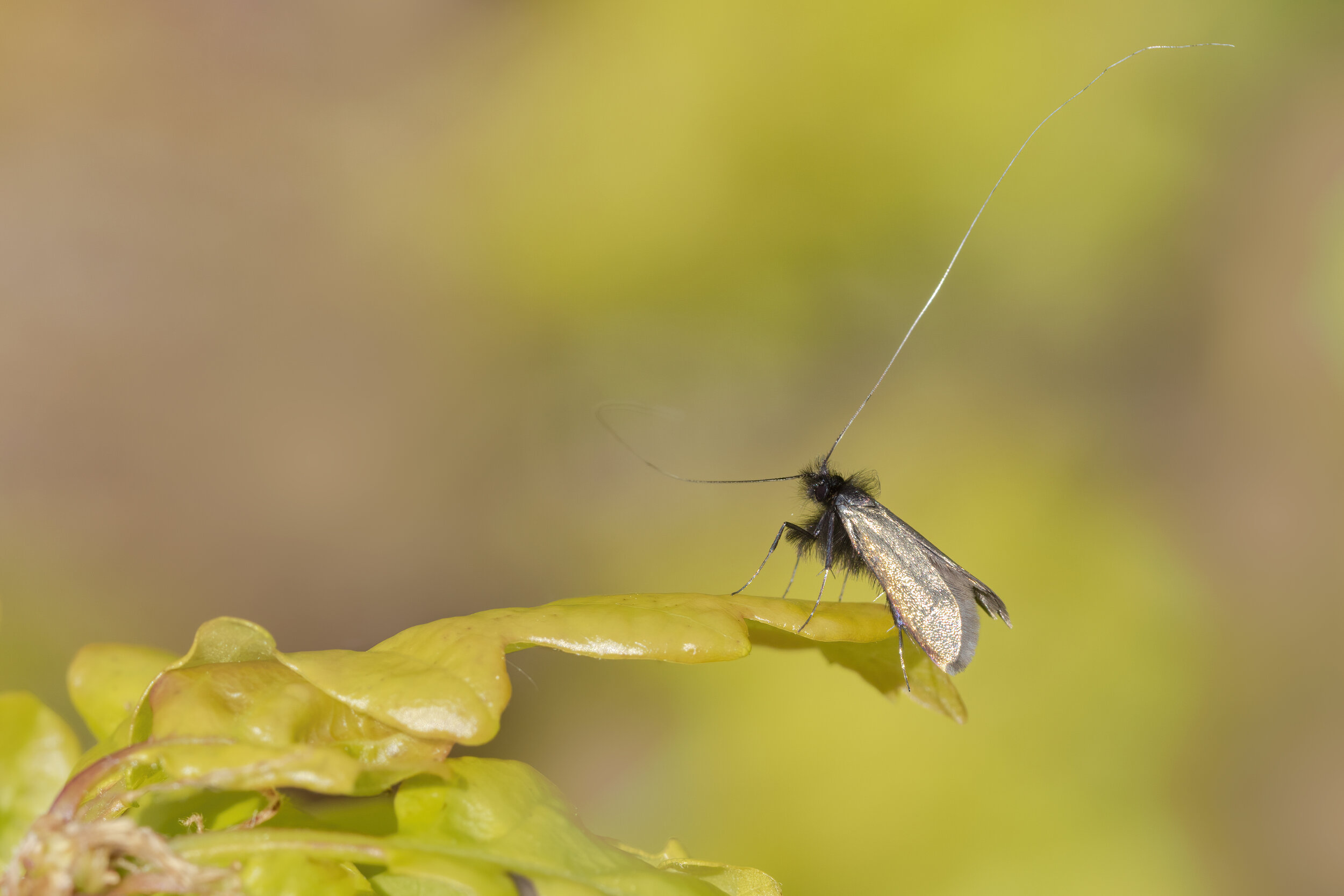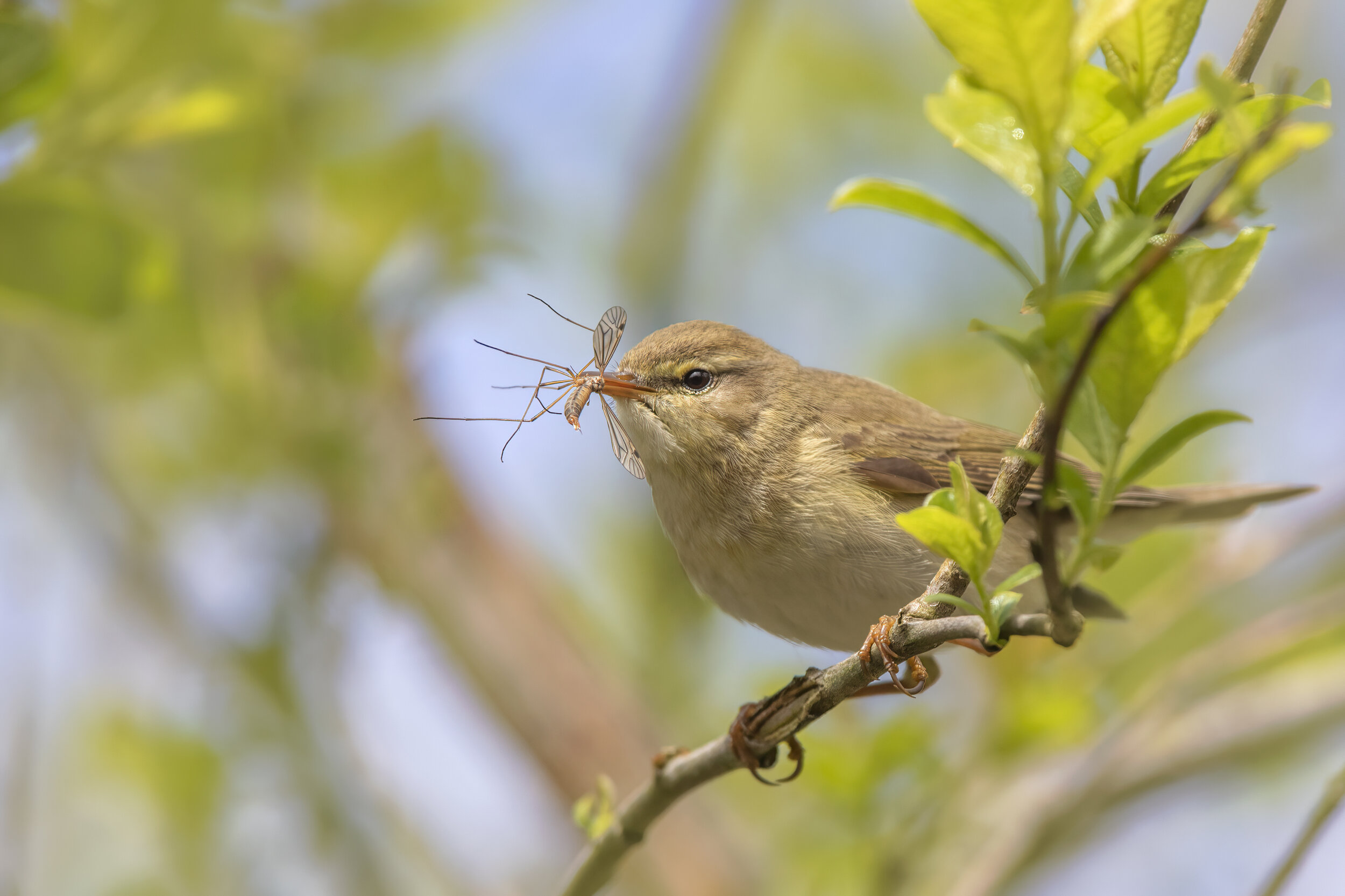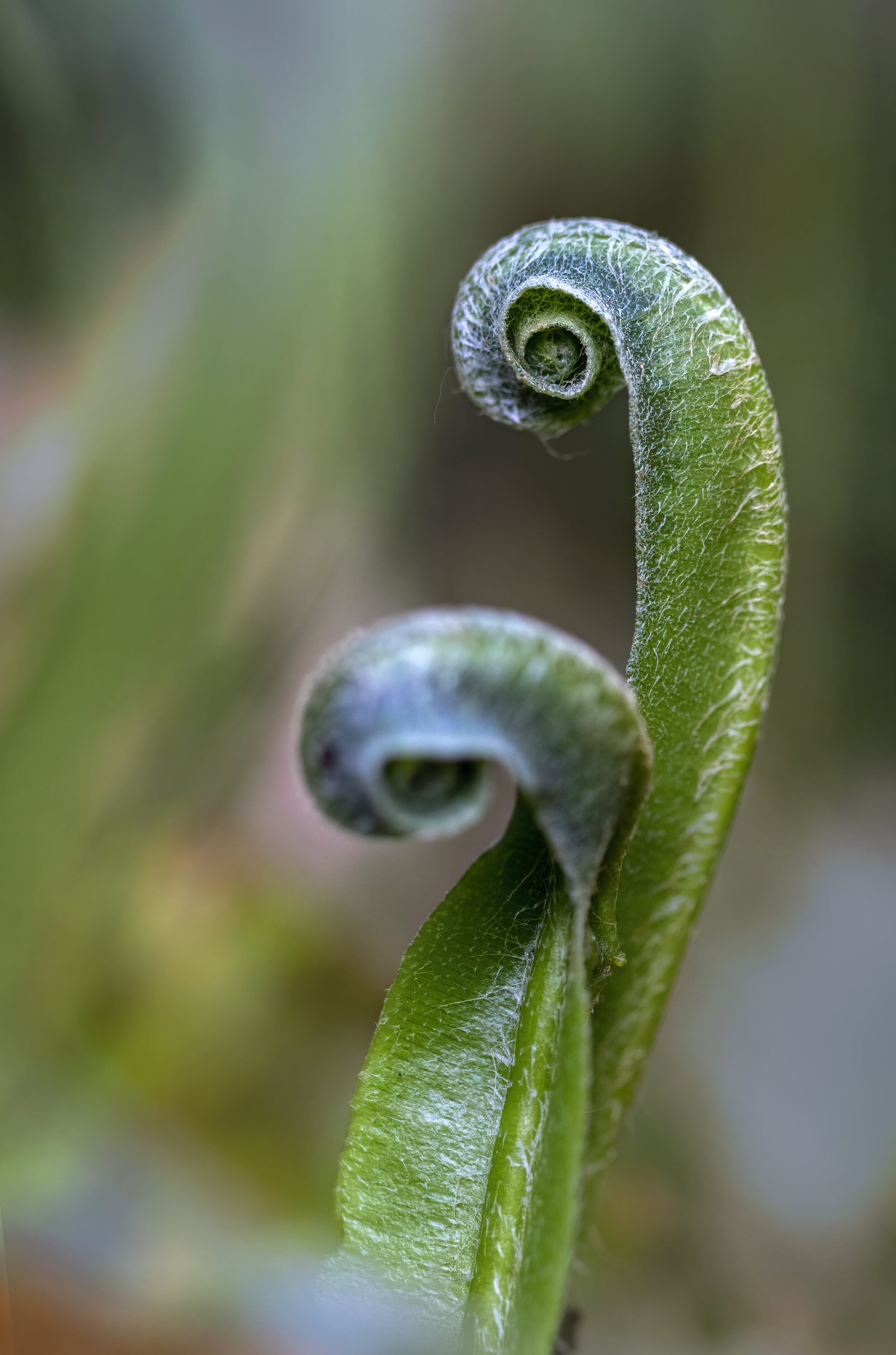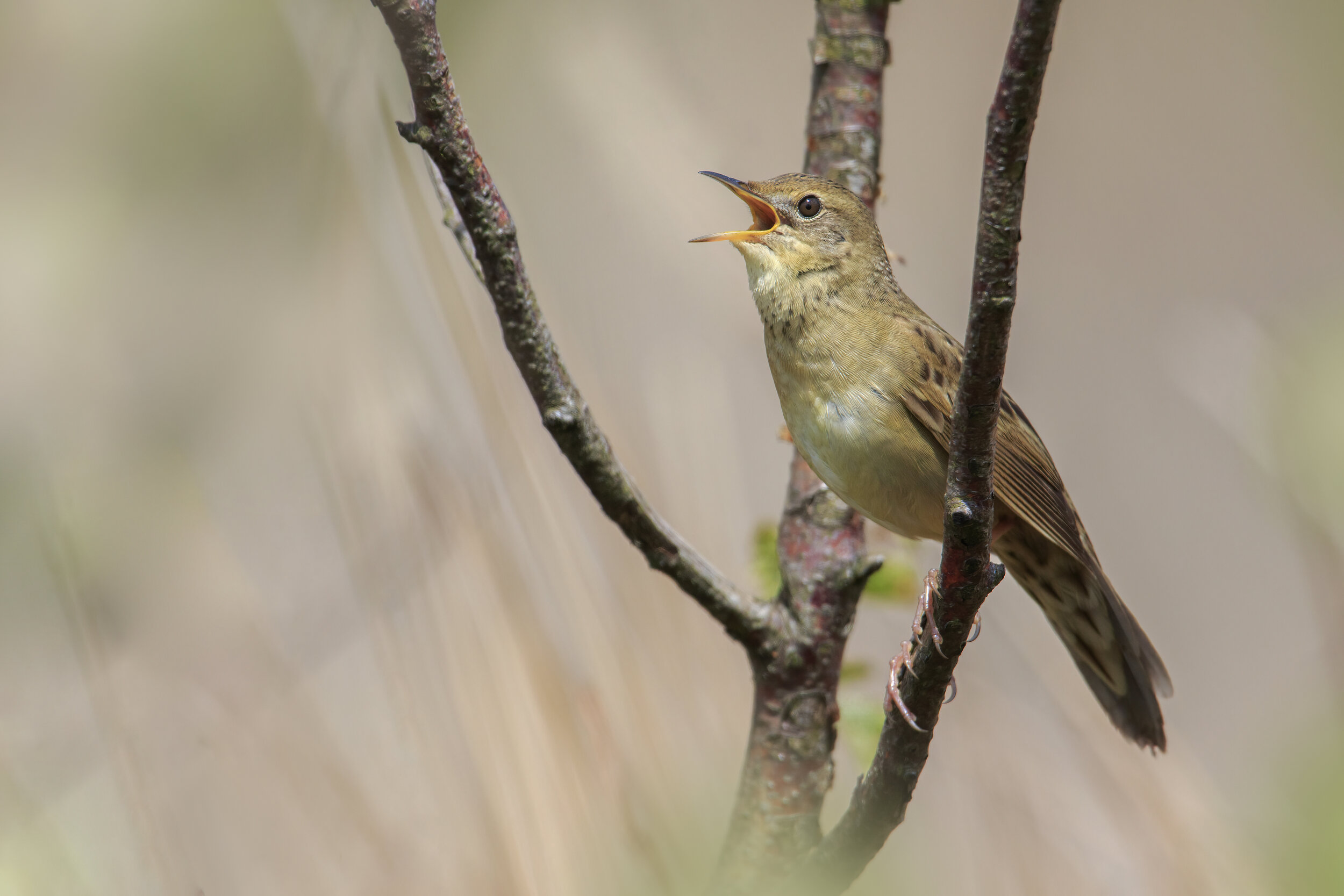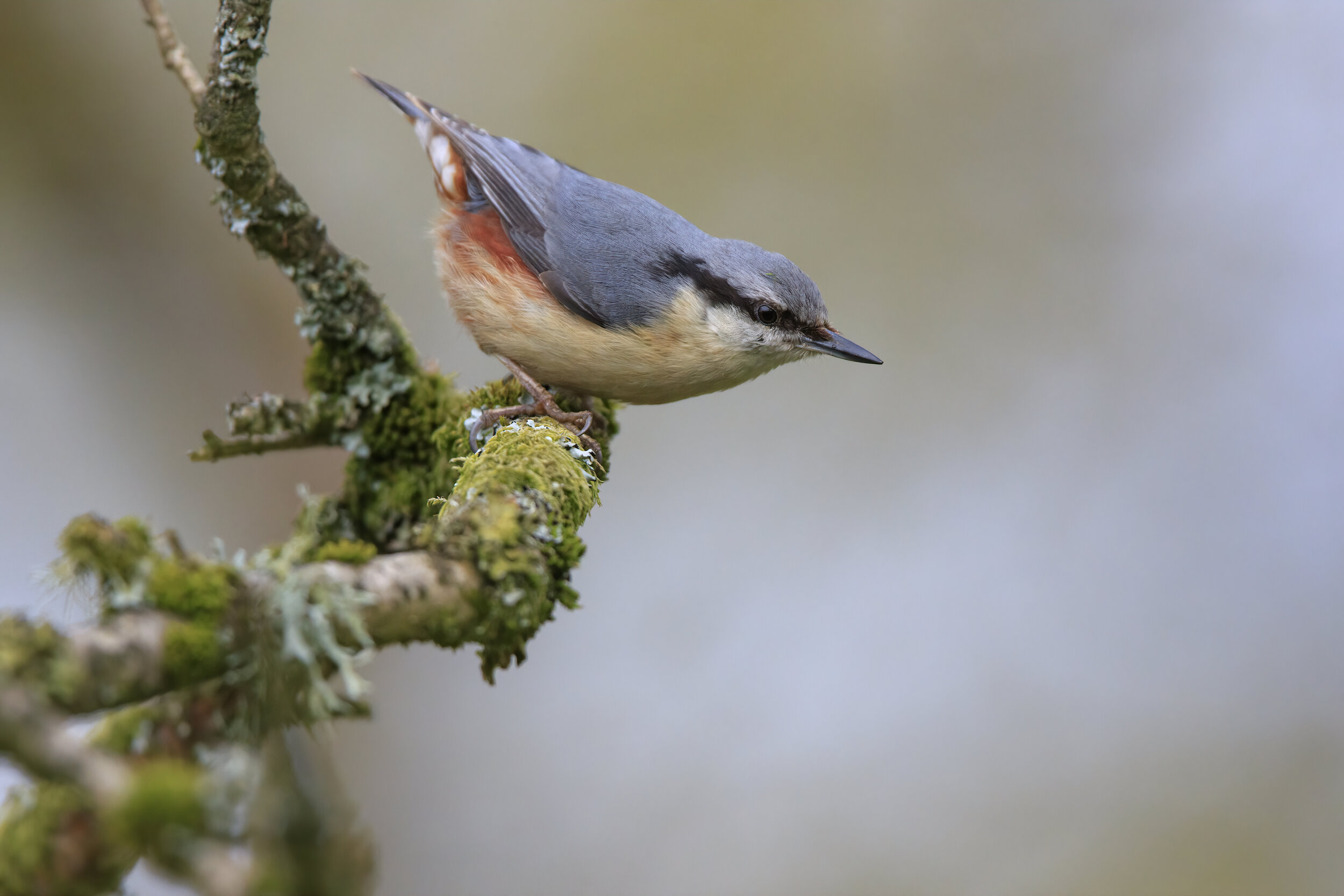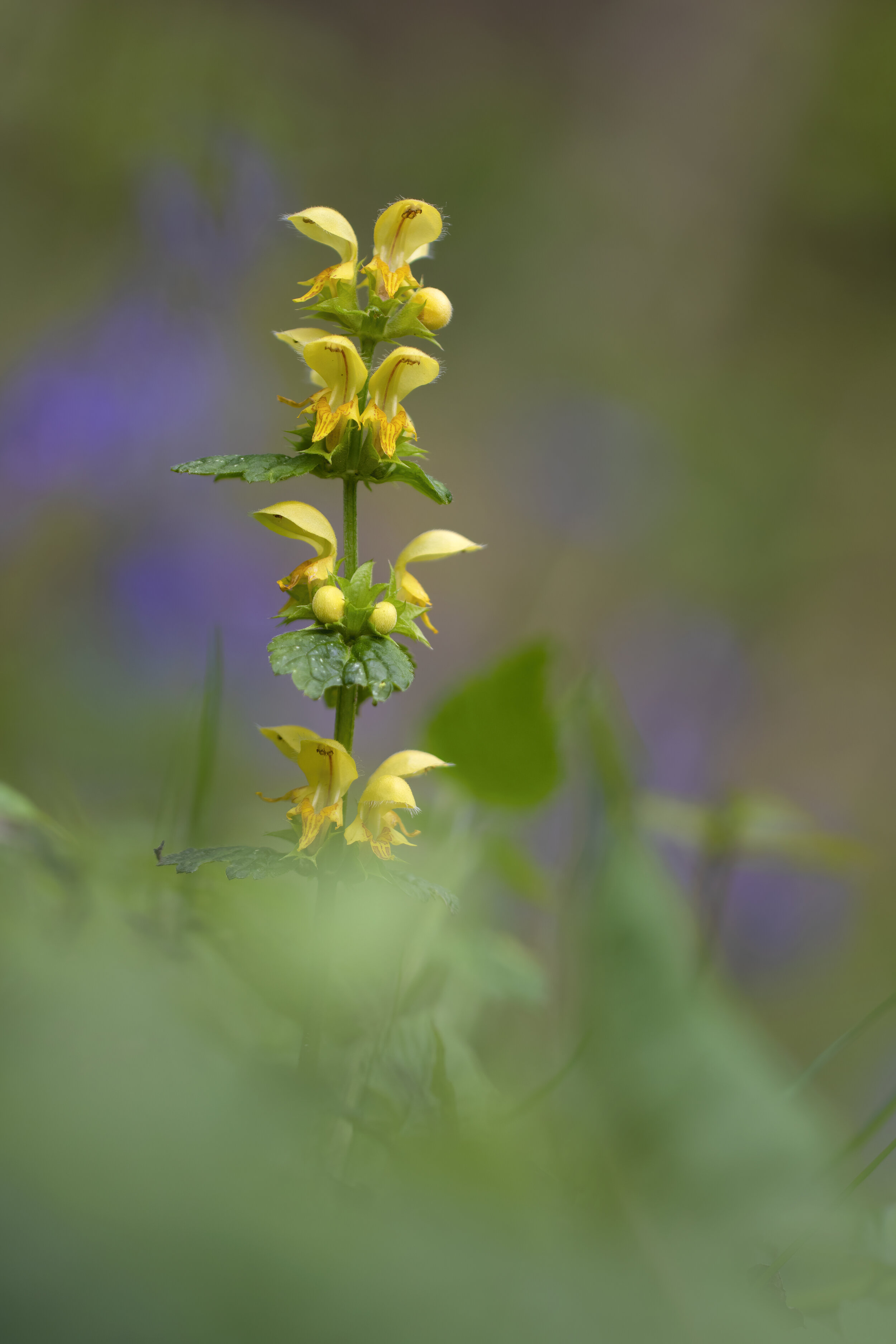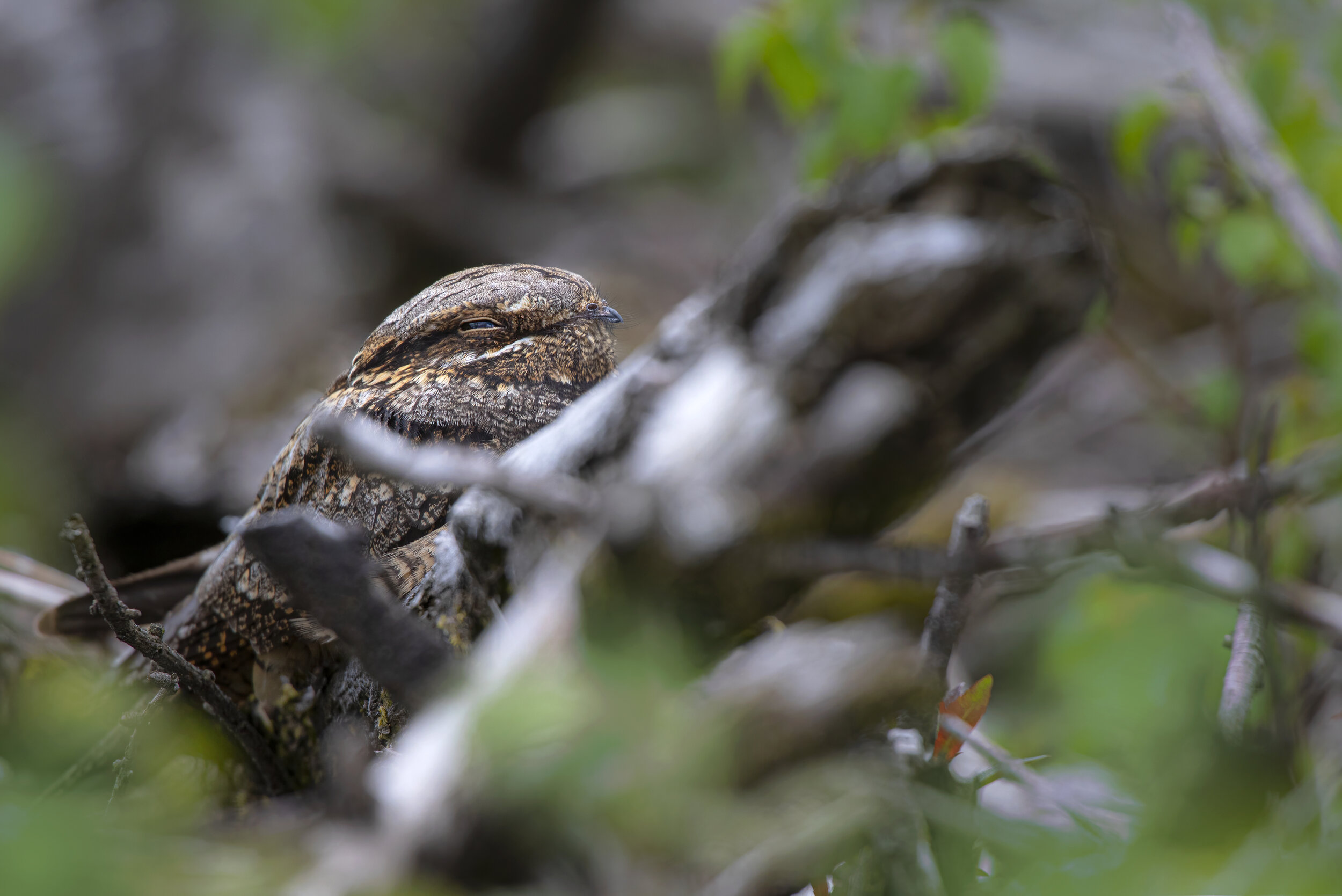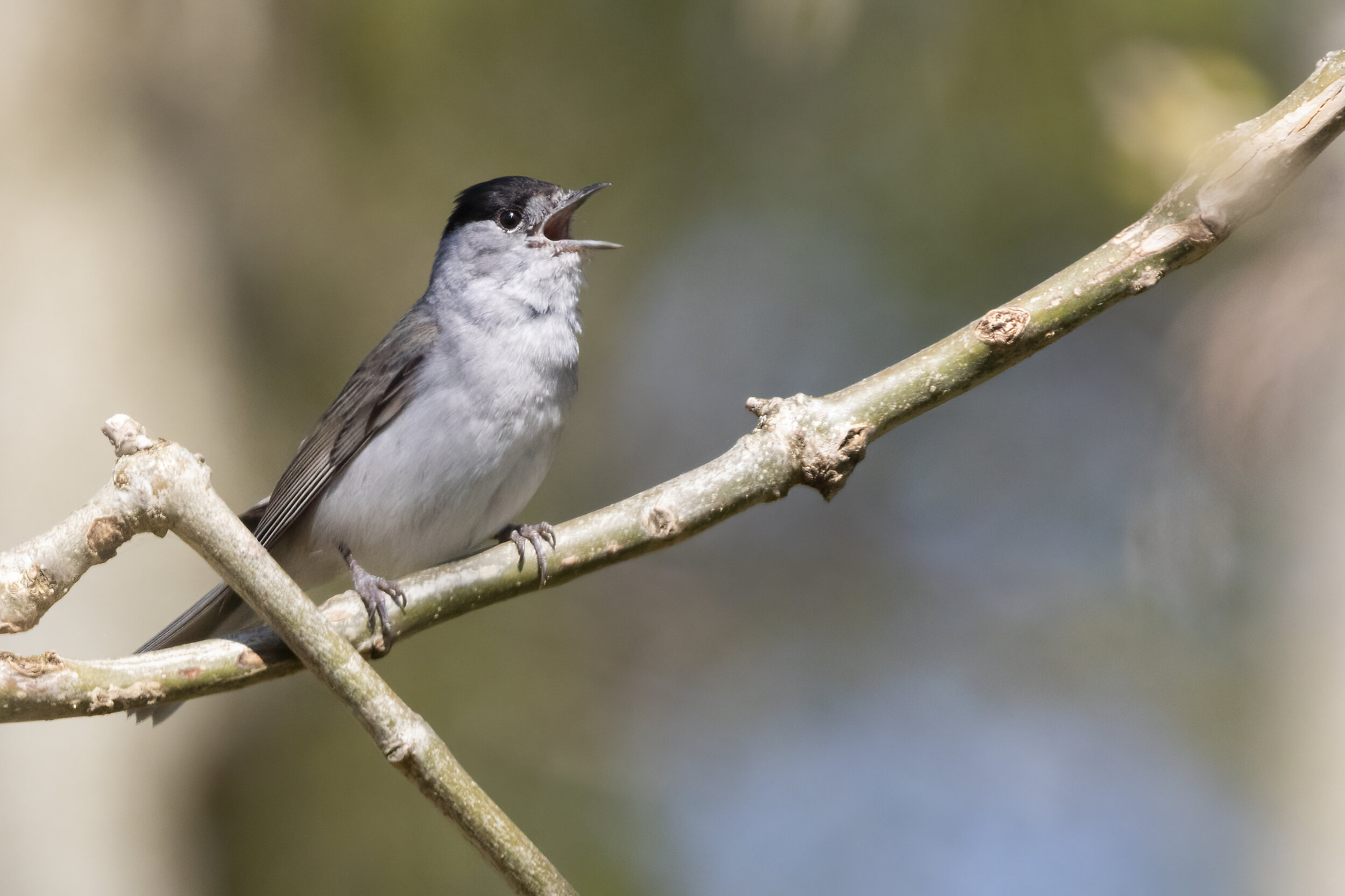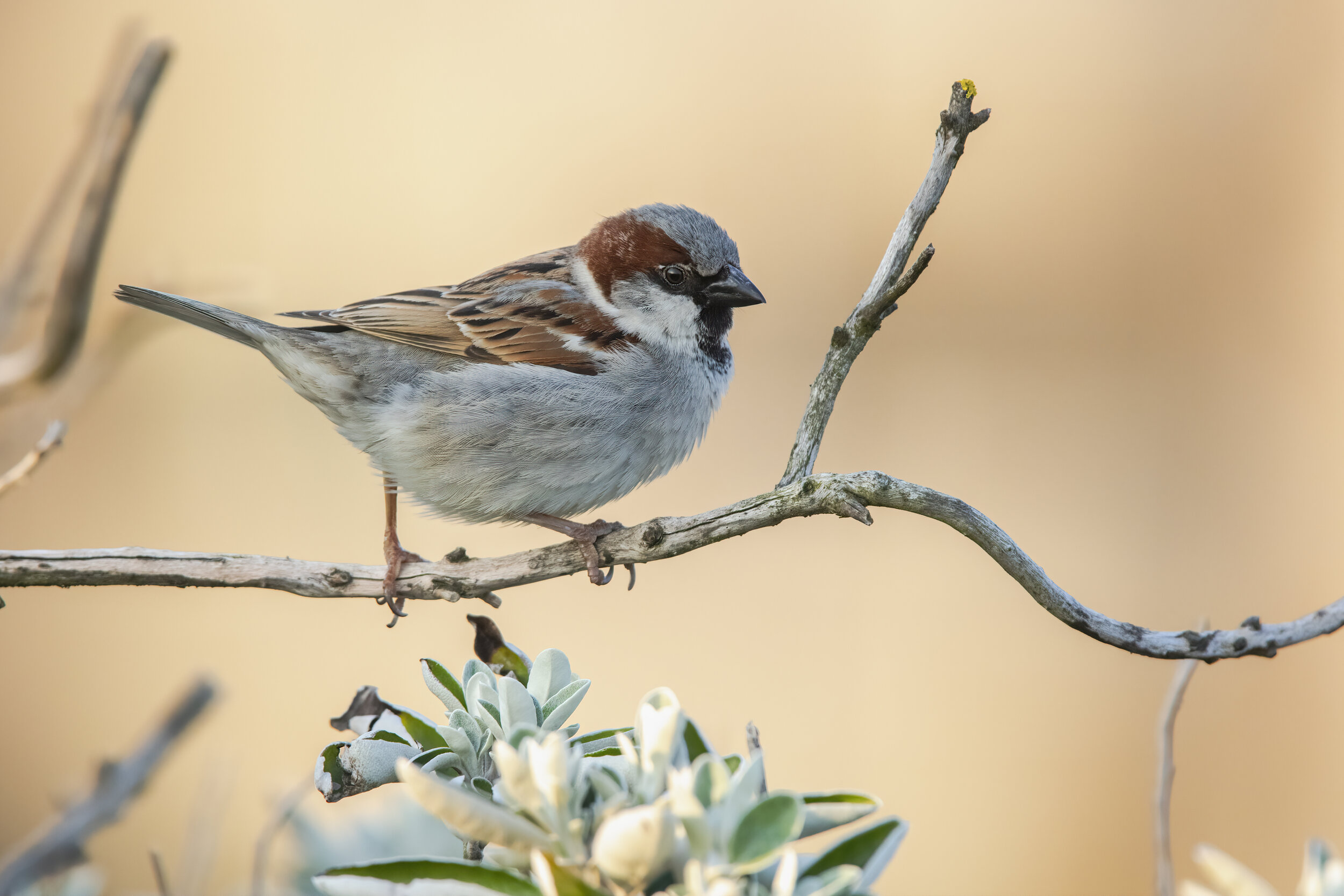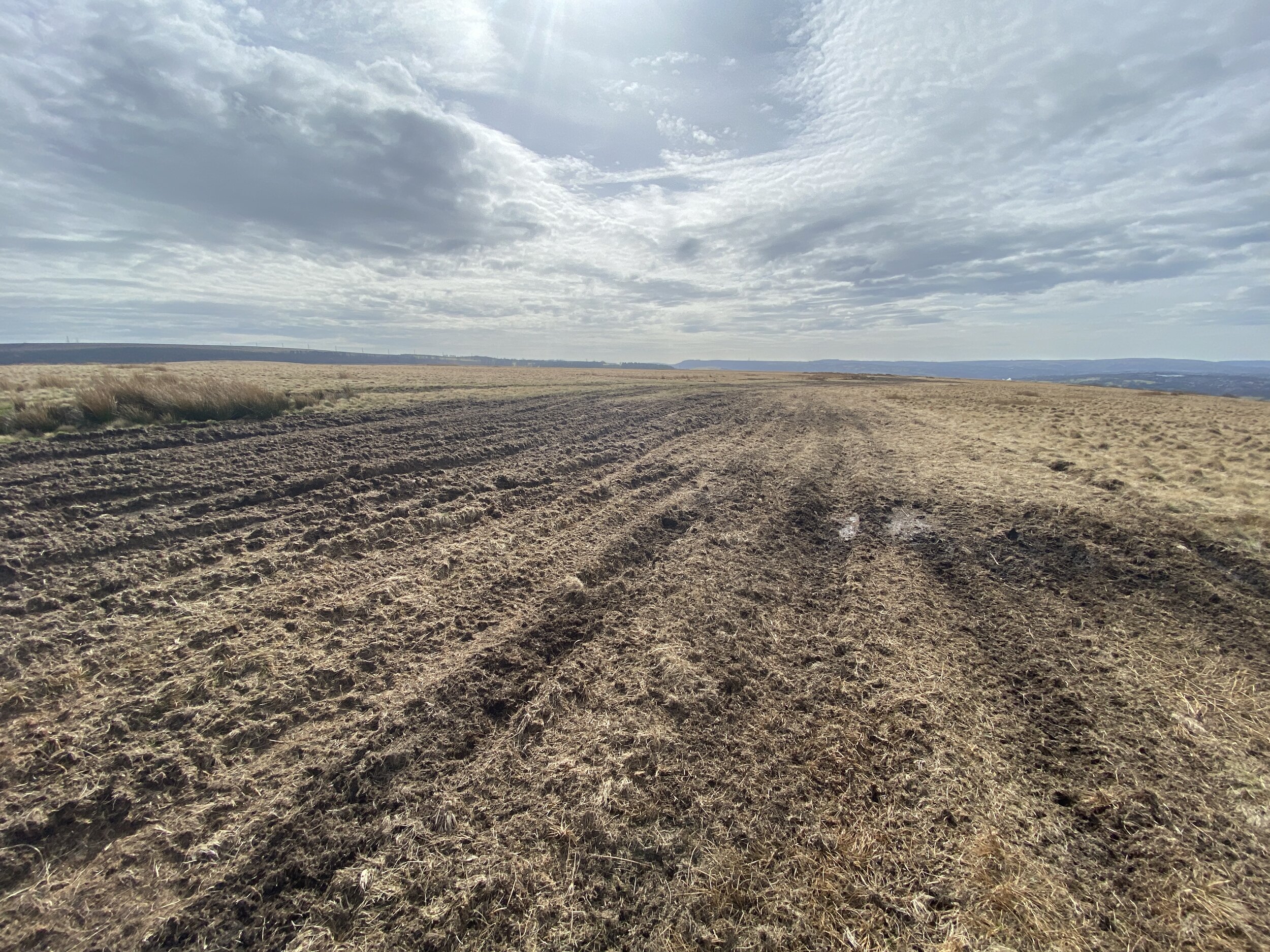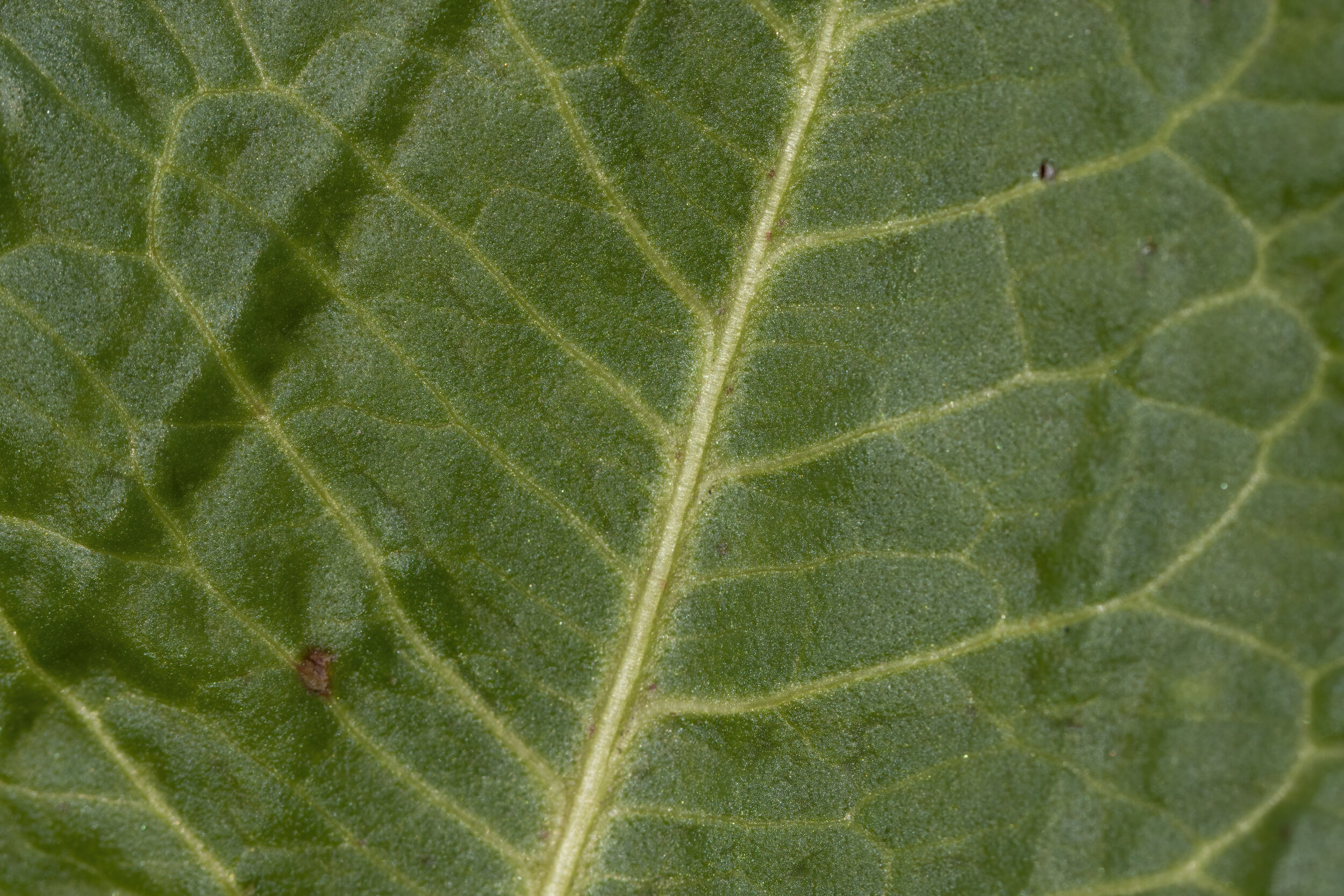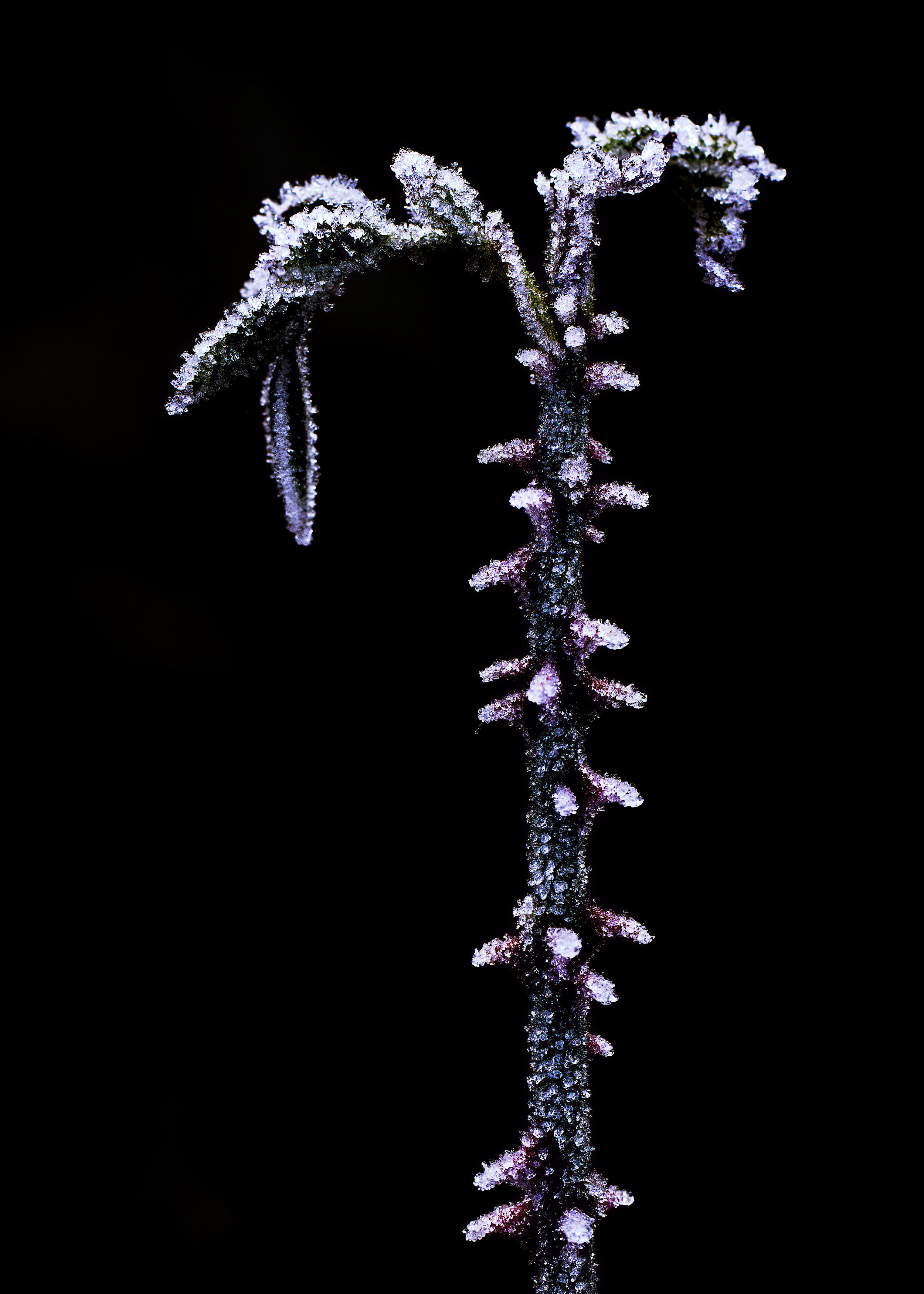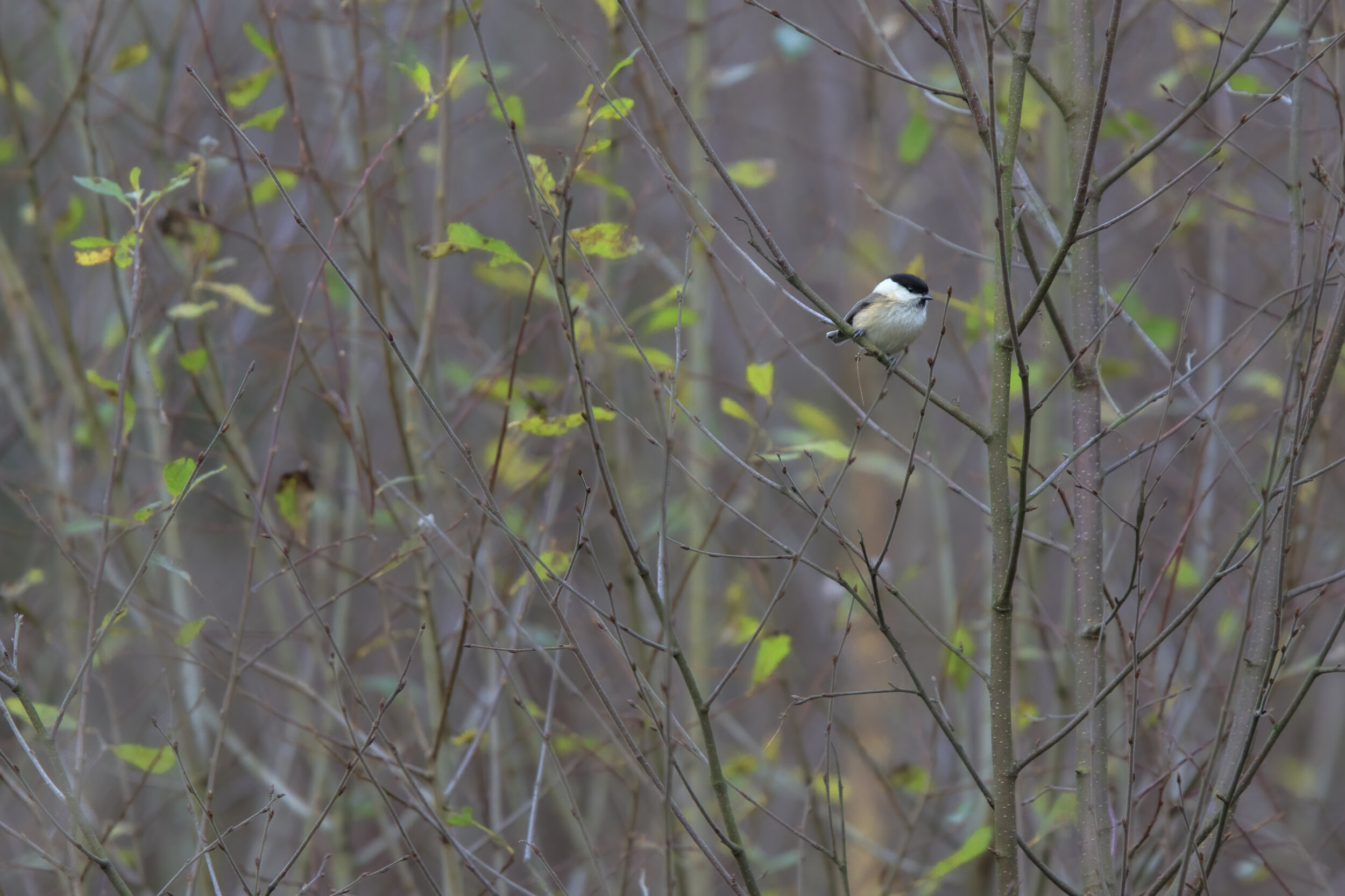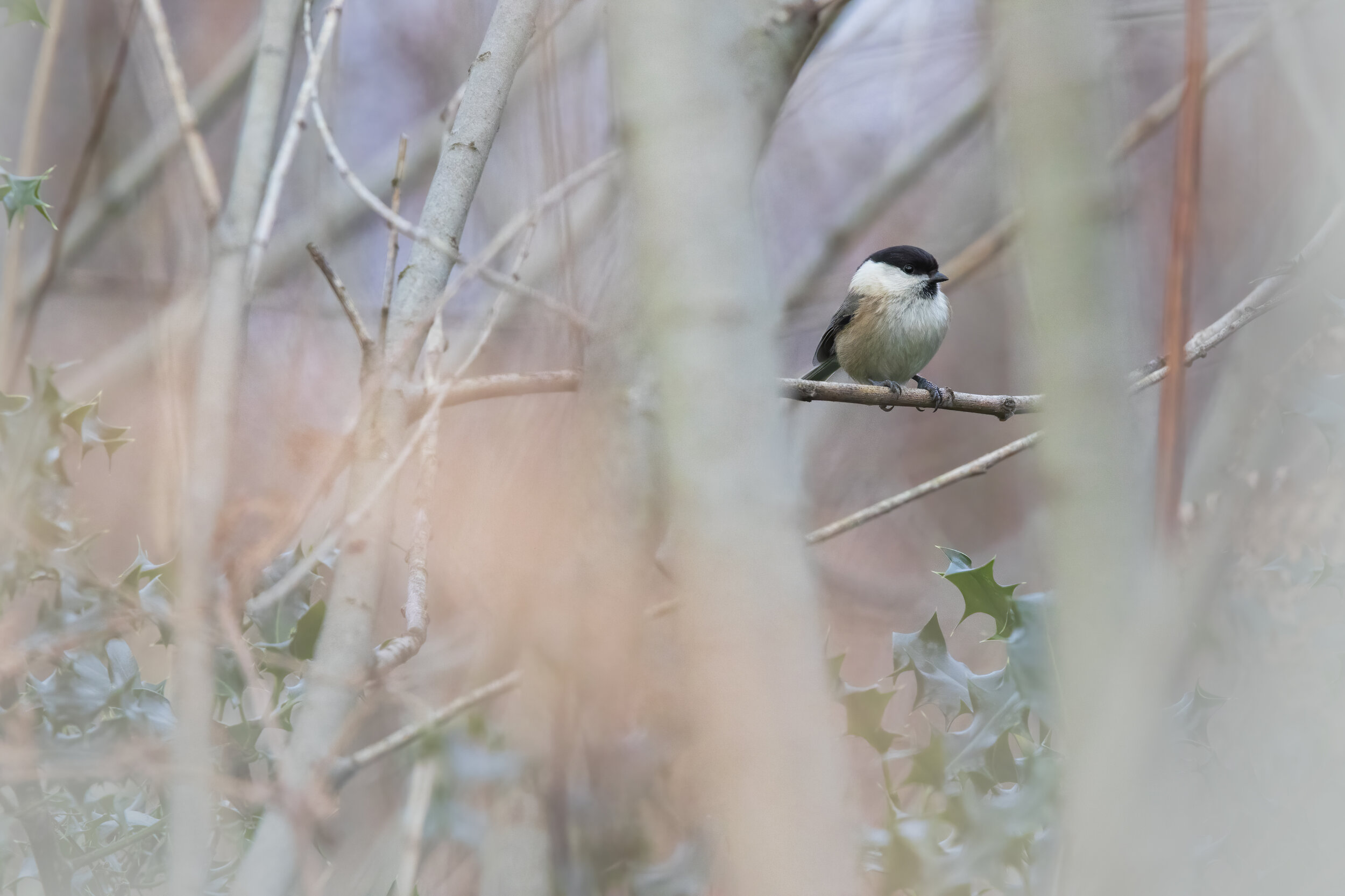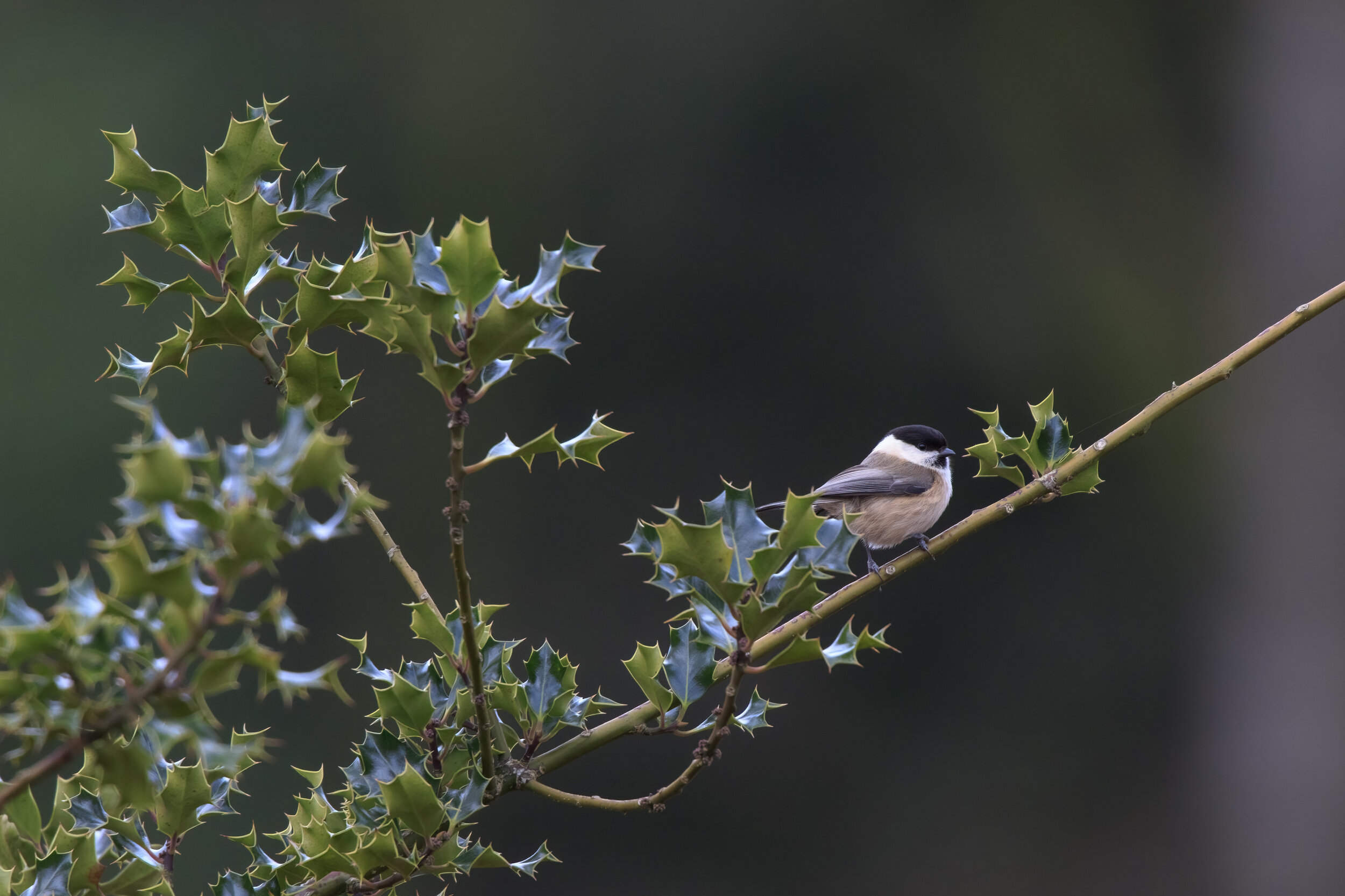A late blog post again, and one that I’ll have to finish in two parts as there’s just simply too much to cram in! So here’s a summary of photos from the end of summer, it what ended up being a super hot August for the most part! More sites found for Spider Wasps, including Goldcliff Lagoons which was a surprise, given that the habitat does get grazed and managed annually. They usually prefer unmanaged grassland, or areas that are cut very late at the very least, as it gives them time to lay their eggs and finish their breeding process.
As far as my Nightjar and Firecrest nests this year, both had very different years, with Firecrests continueing to spread and pump out multiple clutches, but Nightjar this year got off to a terrible start and barely managed to get a single chick out in most cases. I guess that's just the way it goes with nature, some years are better than others but it really depends on the food source and for Nightjar it really affects them when moth activity is poor throughout late spring and early summer.
Sound
I haven’t had a lot of opportunities late summer. I had planned on doing so much more, especially with grasshopper and cricket species but my Schoeps CCM 2’s had to be sent back. Part of me wishes I never tried them at all as they sounded so good, they make me not want to use my own mics anymore!
Give their price though, it’ll have to wait!! Here’s my last two recordings with the Schoeps CCM 2’s, one of the waves at Goldcliff point (which is now Schoeps’ hold music when you ring their direct line) and the other is from a trip to North Wales to see a rare bird called an Elegant Tern, which was paired up with a Sandwich Tern at one of their epic Tern colonies. Not only did we get to see the bird but we also saw a Roseate Tern and a few of the native specialities like the Black Guillemots. I’ll keep it short this time! Autumn has arrived, so much more to talk about :).























